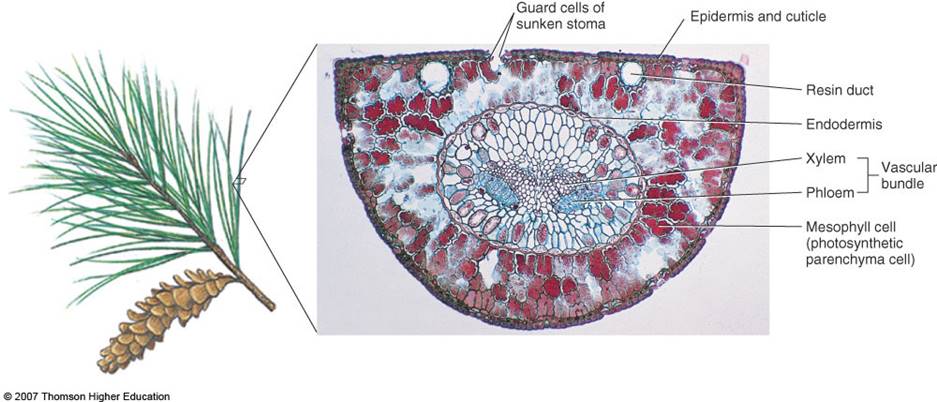Botany Lab (Finals)
5.0(4)
5.0(4)
Card Sorting
1/75
Earn XP
Description and Tags
Study Analytics
Name | Mastery | Learn | Test | Matching | Spaced | Call with Kai |
|---|
No study sessions yet.
76 Terms
1
New cards
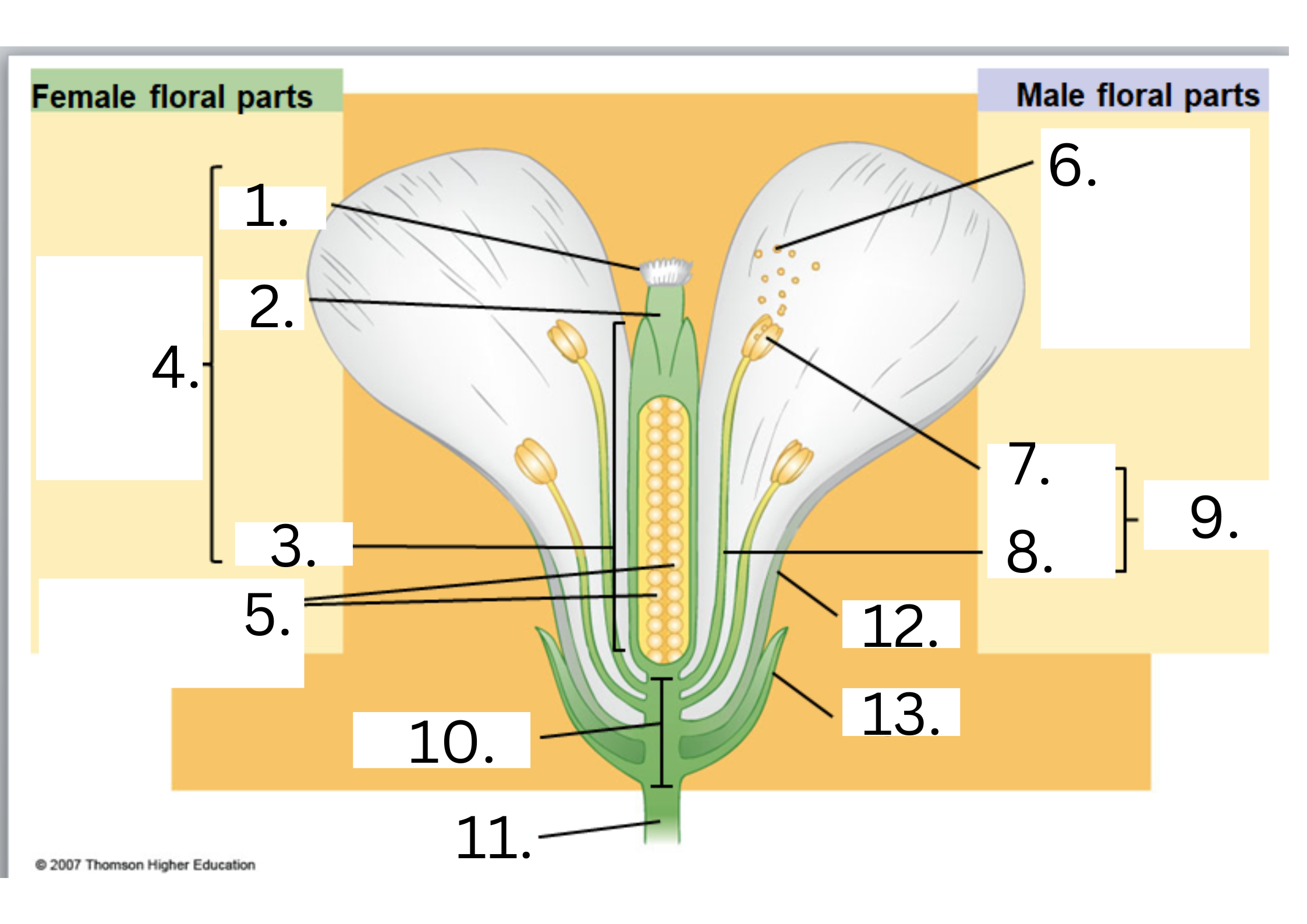
Parts of the Flower
1. Stigma
2. Style
3. Ovary
4. Pistil
5. Ovules
6. Pollen grain
7. Anther
8. Filament
9. Stamen
10. Receptacle
11. Peduncle
12. Petal
13. Sepal
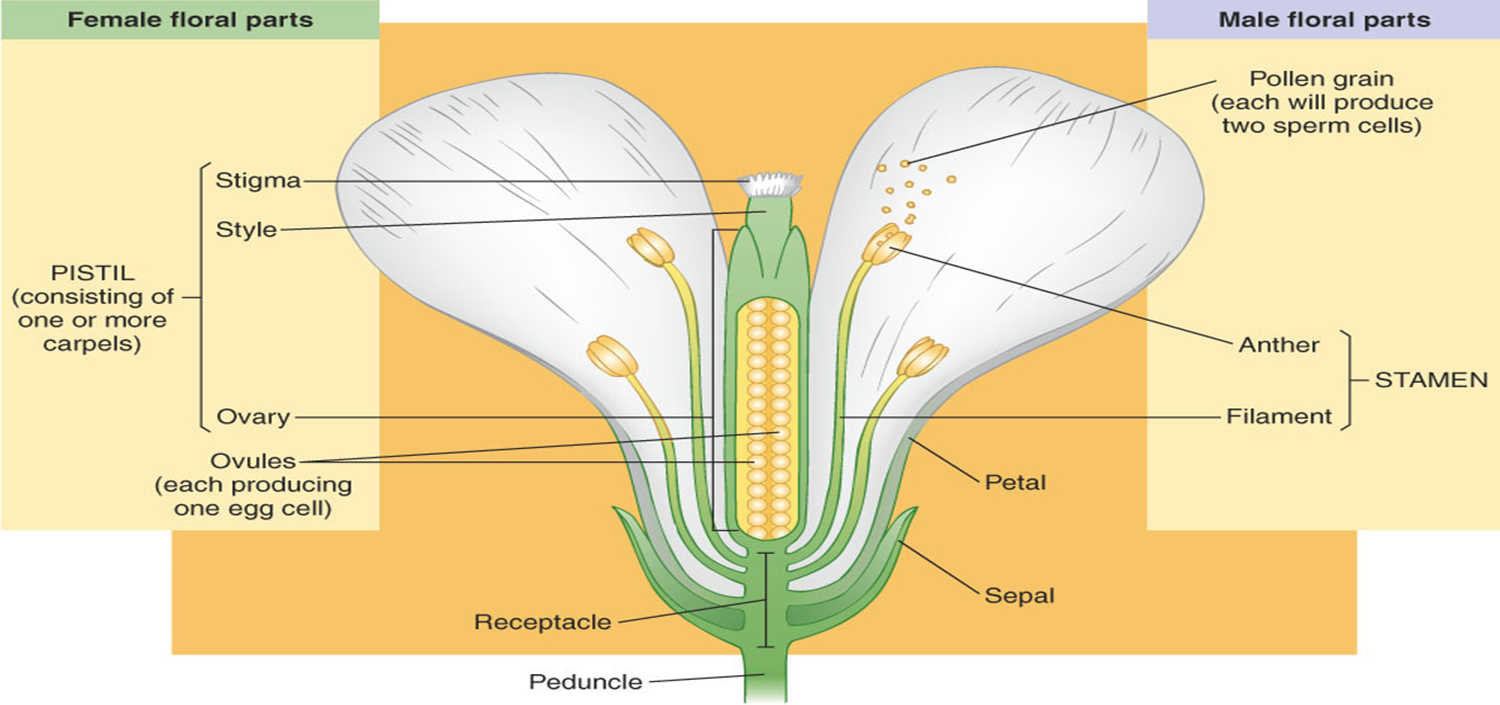
2
New cards
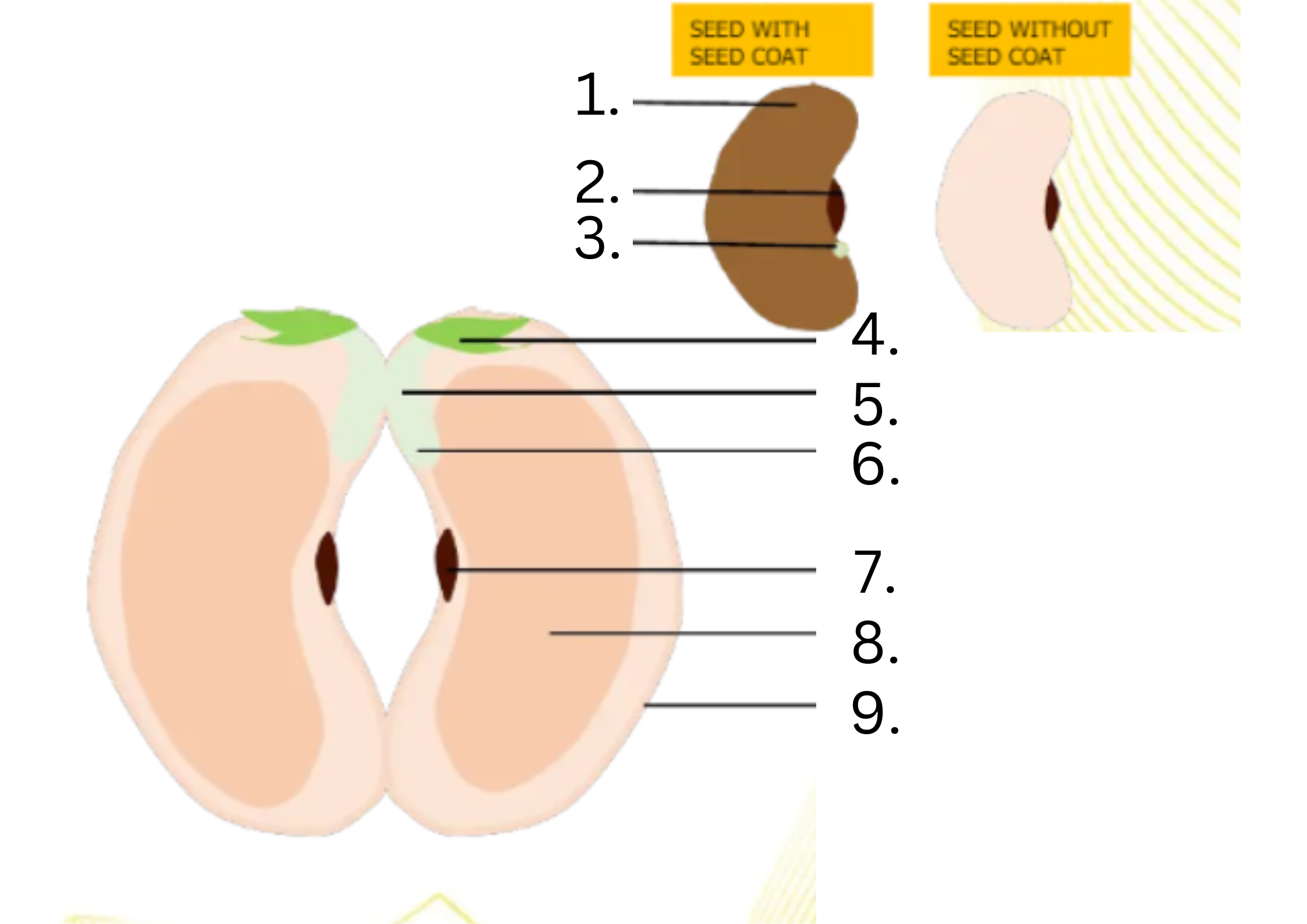
Parts of the Seeds
1. TESTA (SEED COAT)
2. HILUM
3. MICROPYLE
4. EPICOTYL
5. HYPOCOTYL
6. RADICLE
7. HILUM
8. COTYLEDON
9. SEED COAT

3
New cards
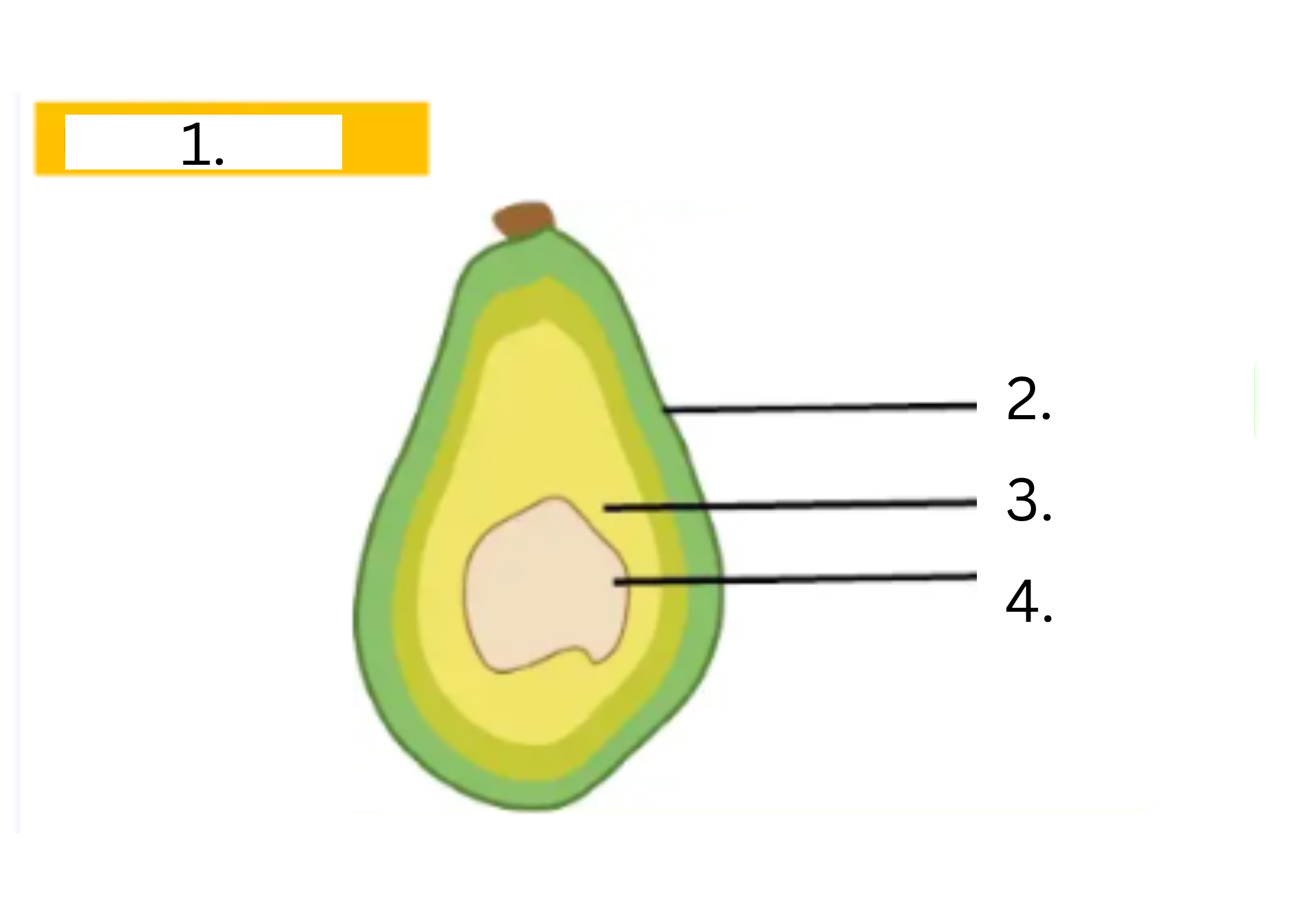
Avocado
1. Berry
2. Exocarp
3. Mesocarp
4. Endocarp
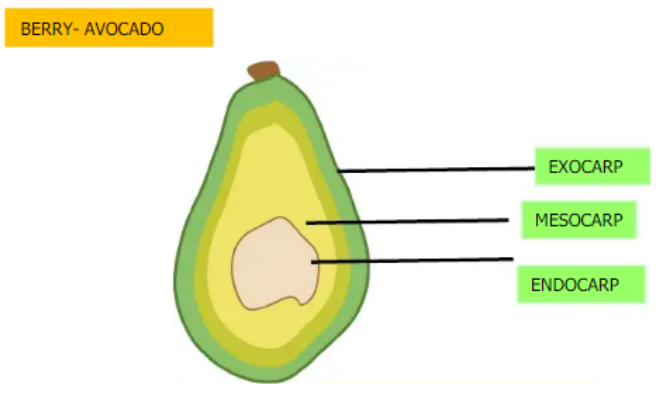
4
New cards
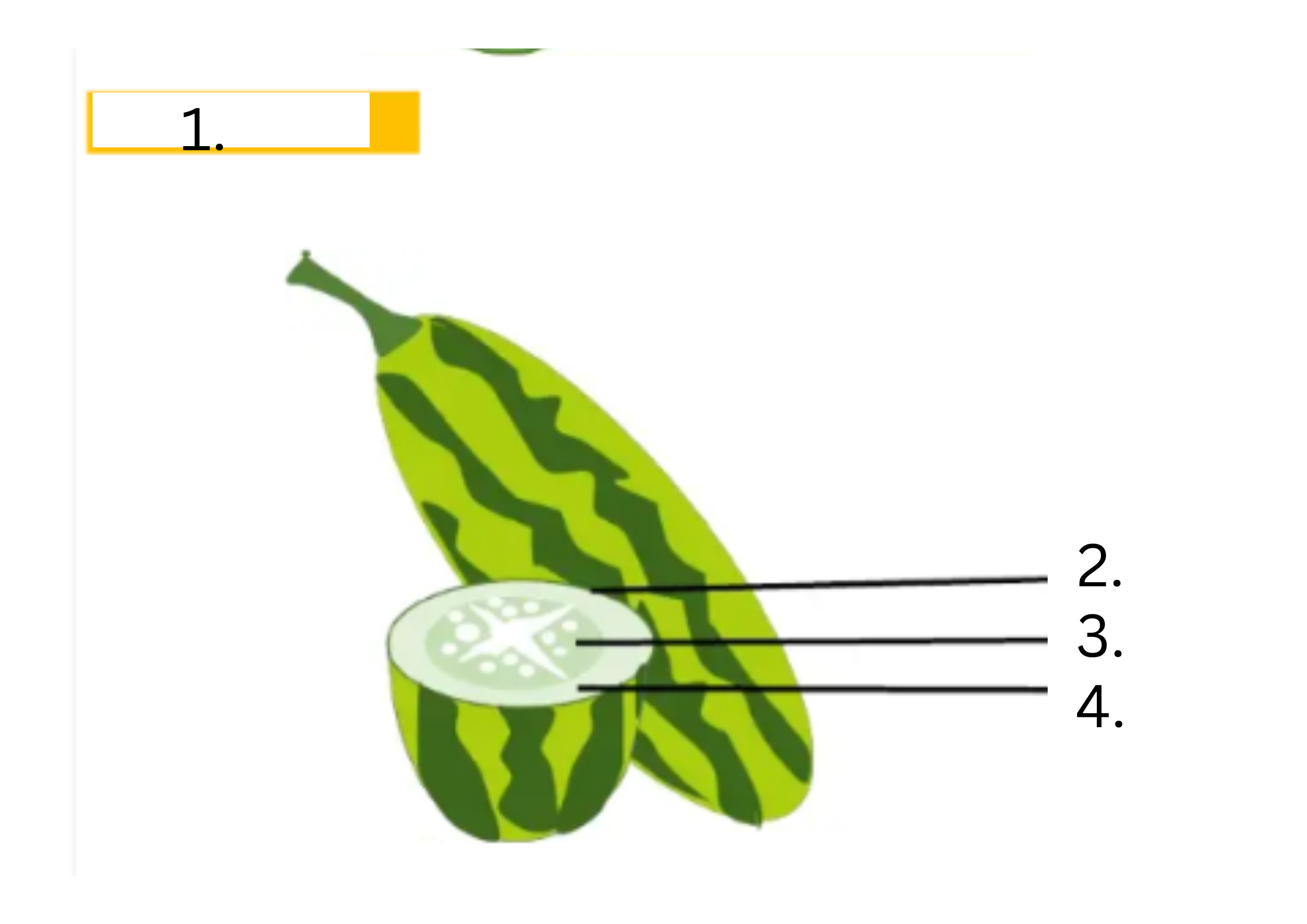
Cucumber
1. Pepo
2. Exocarp
3. Mesocarp
4. Endocarp
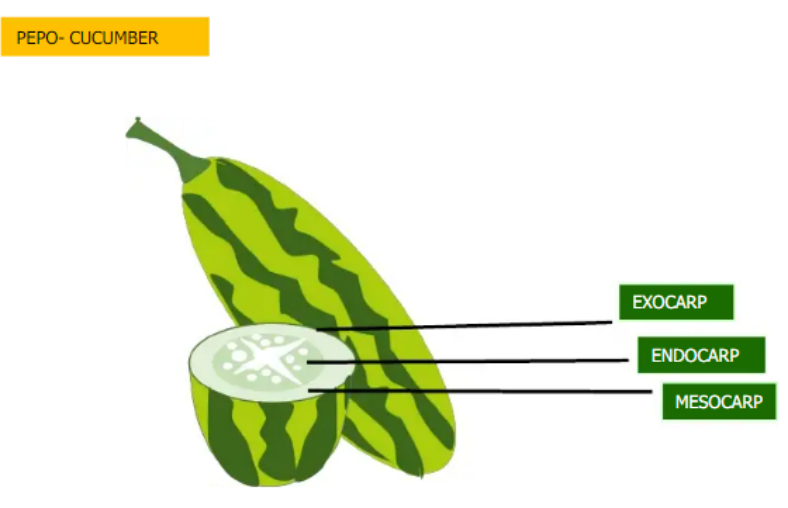
5
New cards

Apple
1. Pome
2. Exocarp
3. Mesocarp
4. Endocarp
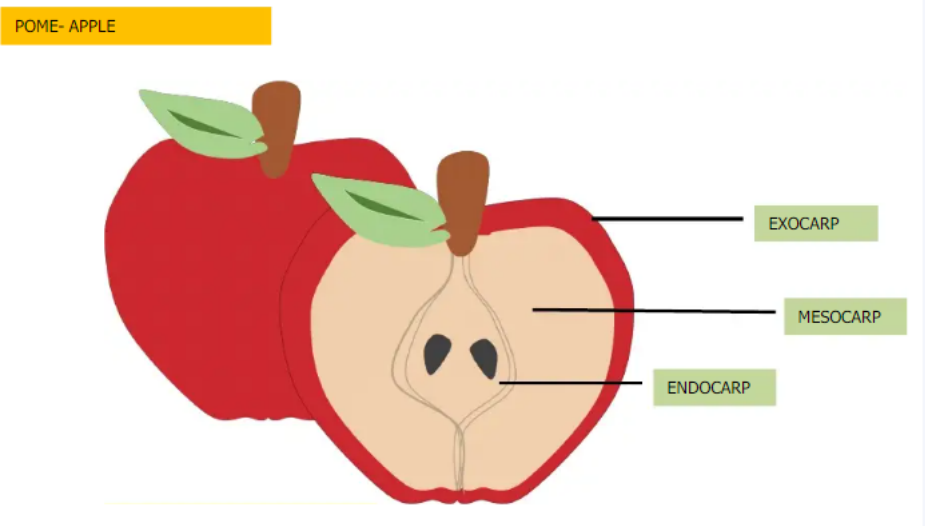
6
New cards

Leaf Shape
Ovate
* An Ovate leaf is described as being broadest __below__ the middle, and roughly 2x as long as it is wide.
* "egg-shaped”
* An Ovate leaf is described as being broadest __below__ the middle, and roughly 2x as long as it is wide.
* "egg-shaped”
7
New cards
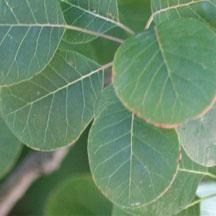
Leaf Shape
Obovate
* An Obovate leaf is described as being broadest __above__ the middle, and roughly 2x as long as it is wide.
* the reverse of Ovate
* An Obovate leaf is described as being broadest __above__ the middle, and roughly 2x as long as it is wide.
* the reverse of Ovate
8
New cards

Leaf Shape
Lanceolate
* A Lanceolate leaf is at least 3x longer than wide, and broadest __below__ middle.
* A Lanceolate leaf is at least 3x longer than wide, and broadest __below__ middle.
9
New cards
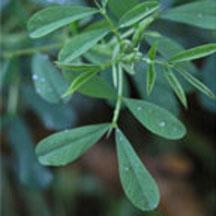
Leaf Shape
Oblanceolate
* Oblanceolate leaves are at least 3x longer than wide, but broadest __above__ middle.
* the reverse of a Lanceolate leaf
* Oblanceolate leaves are at least 3x longer than wide, but broadest __above__ middle.
* the reverse of a Lanceolate leaf
10
New cards

Leaf Shape
Cordate
* Leaves that are Cordate-shaped have leaves that are broad to the point and then turn upwards at the base, forming a notch.
* "heart-shaped"
* Leaves that are Cordate-shaped have leaves that are broad to the point and then turn upwards at the base, forming a notch.
* "heart-shaped"
11
New cards
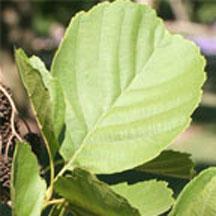
Leaf Shape
Obcordate
* Obcordate leaves are the reverse of Cordate leaves. They start at a point and then widen until they form a notch at the apex.
* Obcordate leaves are the reverse of Cordate leaves. They start at a point and then widen until they form a notch at the apex.
12
New cards
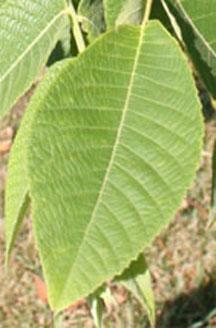
Leaf Shape
Elliptical
* Elliptical leaves have the broadest width in the middle and then taper off at the ends.
* "football-shaped"
* Elliptical leaves have the broadest width in the middle and then taper off at the ends.
* "football-shaped"
13
New cards
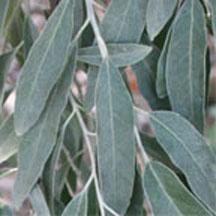
Leaf Shape
Oblong
* Oblong leaves are 2-3x as long as wide and have parallel sides.
* Oblong leaves are 2-3x as long as wide and have parallel sides.
14
New cards
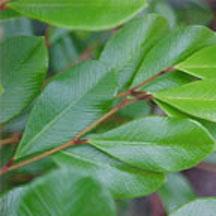
Leaf Shape
Cuneate
* Cuneate leaves have a small width at base, but then a broad width near the top before the apex.
* "wedge-shaped"
* Cuneate leaves have a small width at base, but then a broad width near the top before the apex.
* "wedge-shaped"
15
New cards
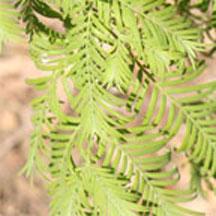
Leaf Shape
Linear
* Linear leaves are narrow, are *at least* 4x longer than wide, and have the same width throughout.
* Linear leaves are narrow, are *at least* 4x longer than wide, and have the same width throughout.
16
New cards
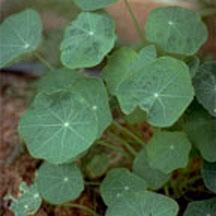
Leaf Shape
Peltate
* Peltate leaves are rounded with the petiole attached underneath the base of the leaf.
* Peltate leaves are shaped like little shields
* Peltate leaves are rounded with the petiole attached underneath the base of the leaf.
* Peltate leaves are shaped like little shields
17
New cards
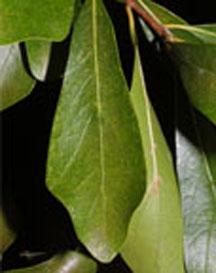
Leaf Shape
Spatulate
* Spatulate leaves are narrow for almost the entire leaf, but then have an abrupt round structure at the apex.
* Spatulate leaves have a similar shape to a spatula.
* Spatulate leaves are narrow for almost the entire leaf, but then have an abrupt round structure at the apex.
* Spatulate leaves have a similar shape to a spatula.
18
New cards
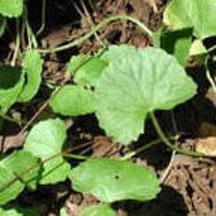
Leaf Shape
Reniform
* Reniform leaves are broad and wider than they are high.
* Reniform leaves are shaped like kidneys.
* Reniform leaves are broad and wider than they are high.
* Reniform leaves are shaped like kidneys.
19
New cards
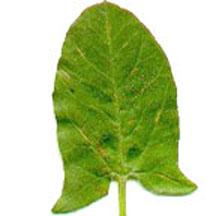
Leaf Shape
Hastate
* Hastate leaves are very recognizable. They are taper off at three apexes and are arrowhead-shaped.
* Hastate leaves are very recognizable. They are taper off at three apexes and are arrowhead-shaped.
20
New cards
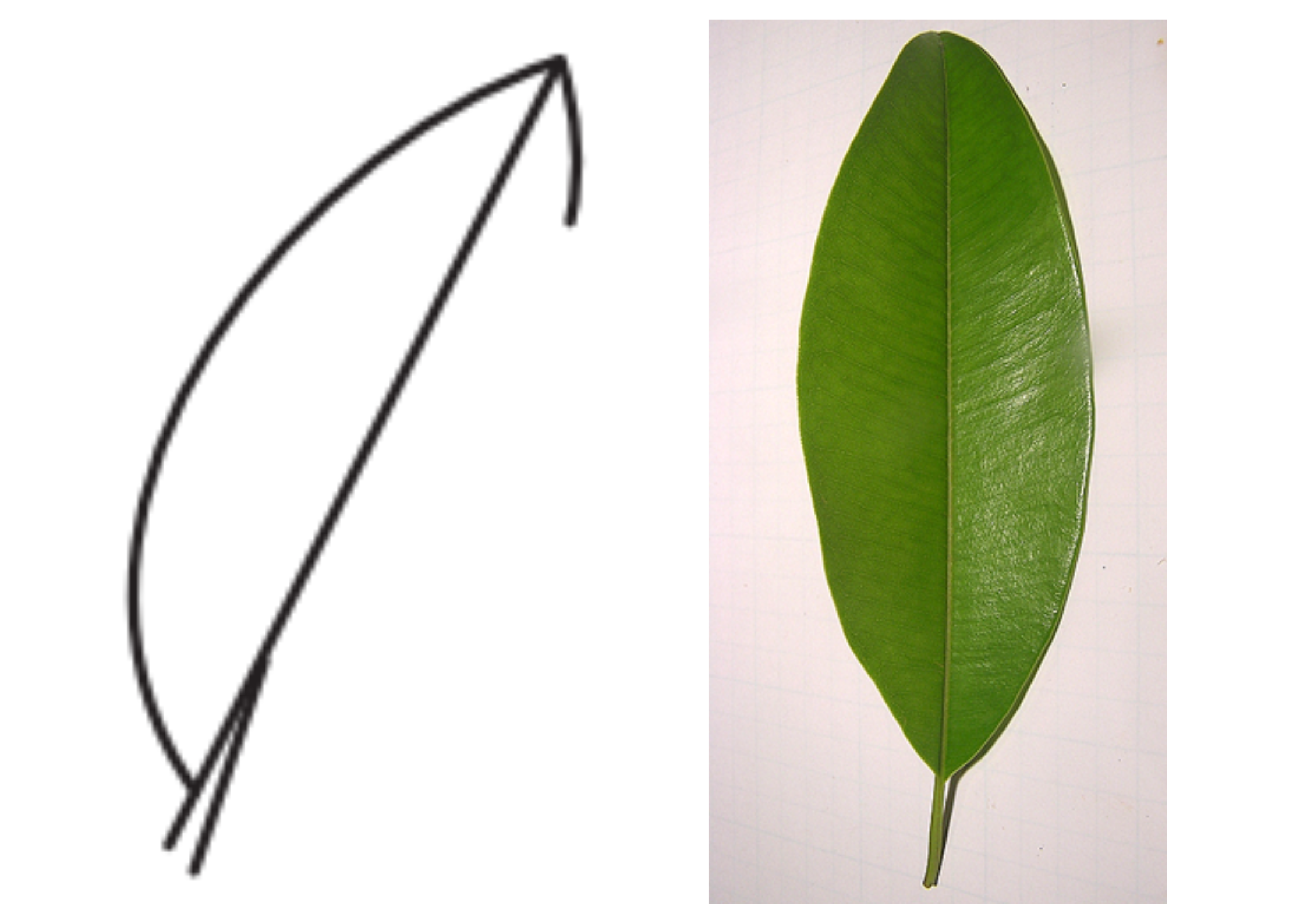
Leaf margin
Entire
* When it is even and smooths
* When it is even and smooths
21
New cards

Leaf margin
Sinuate or wavy
* With slight undulations
* With slight undulations
22
New cards
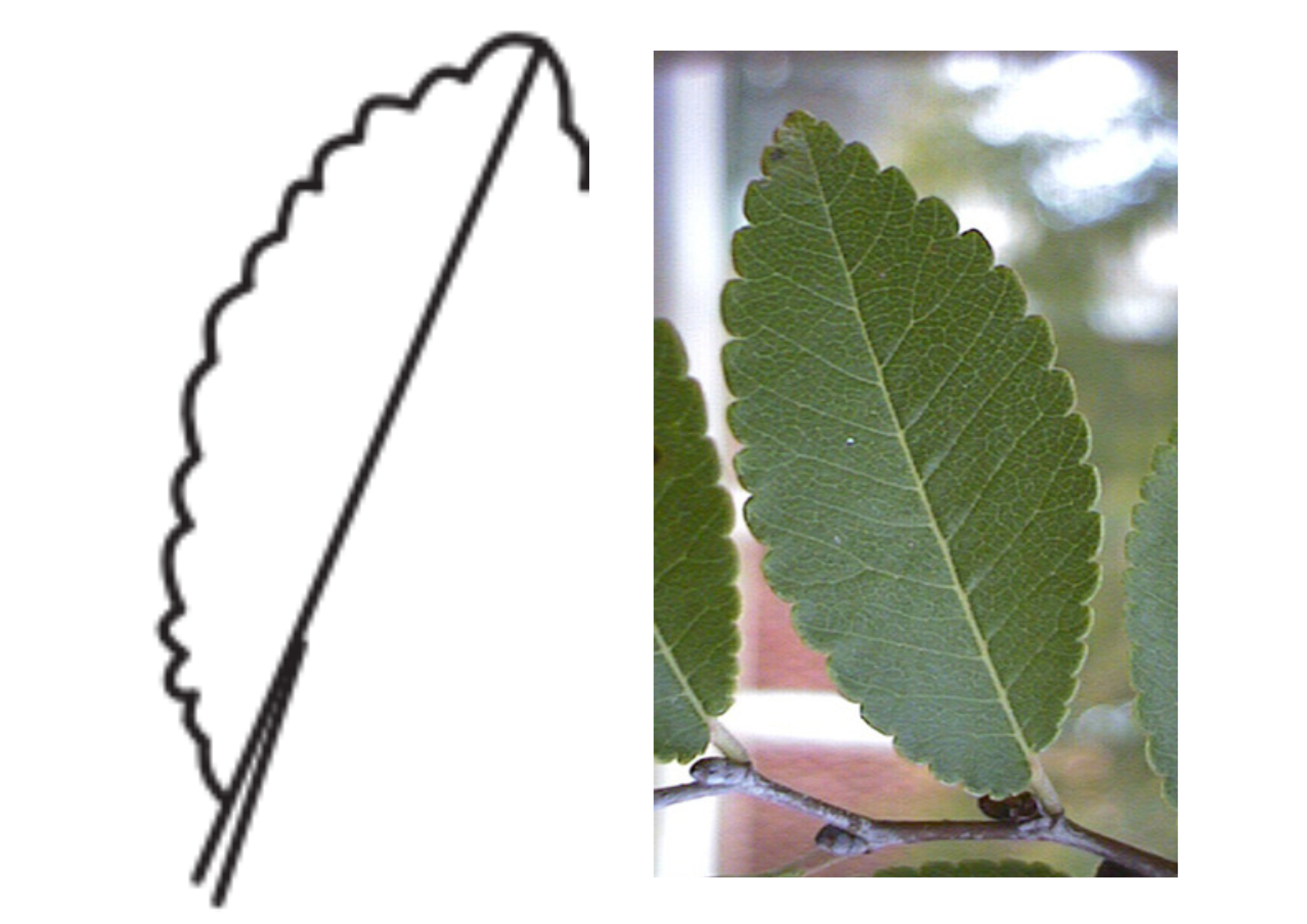
Leaf margin
Crenate
* When the teeth are round as in digitalis.
* When the teeth are round as in digitalis.
23
New cards
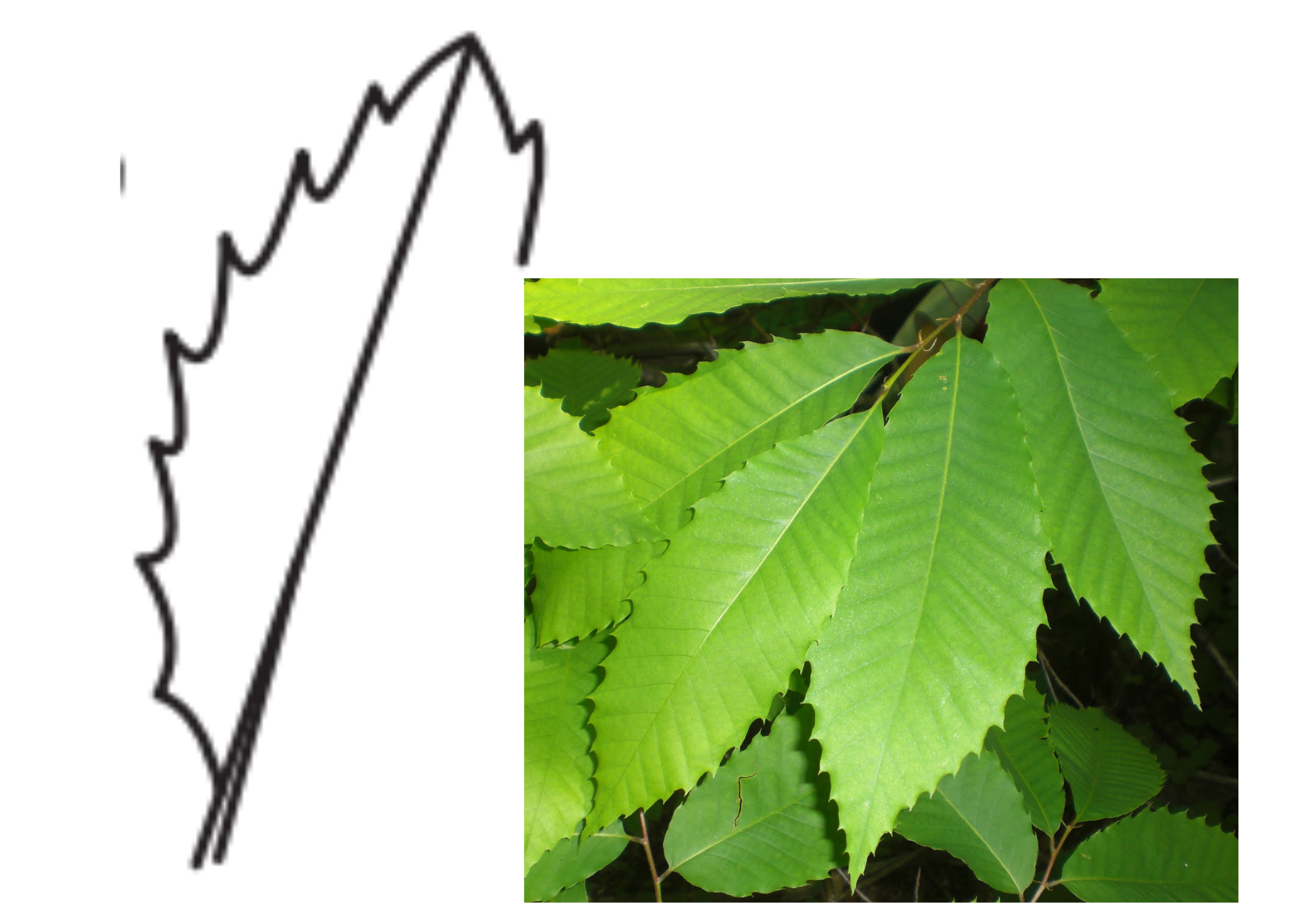
Leaf margin
Dentate
* Toothed margin, teeth directing outwards
* Toothed margin, teeth directing outwards
24
New cards
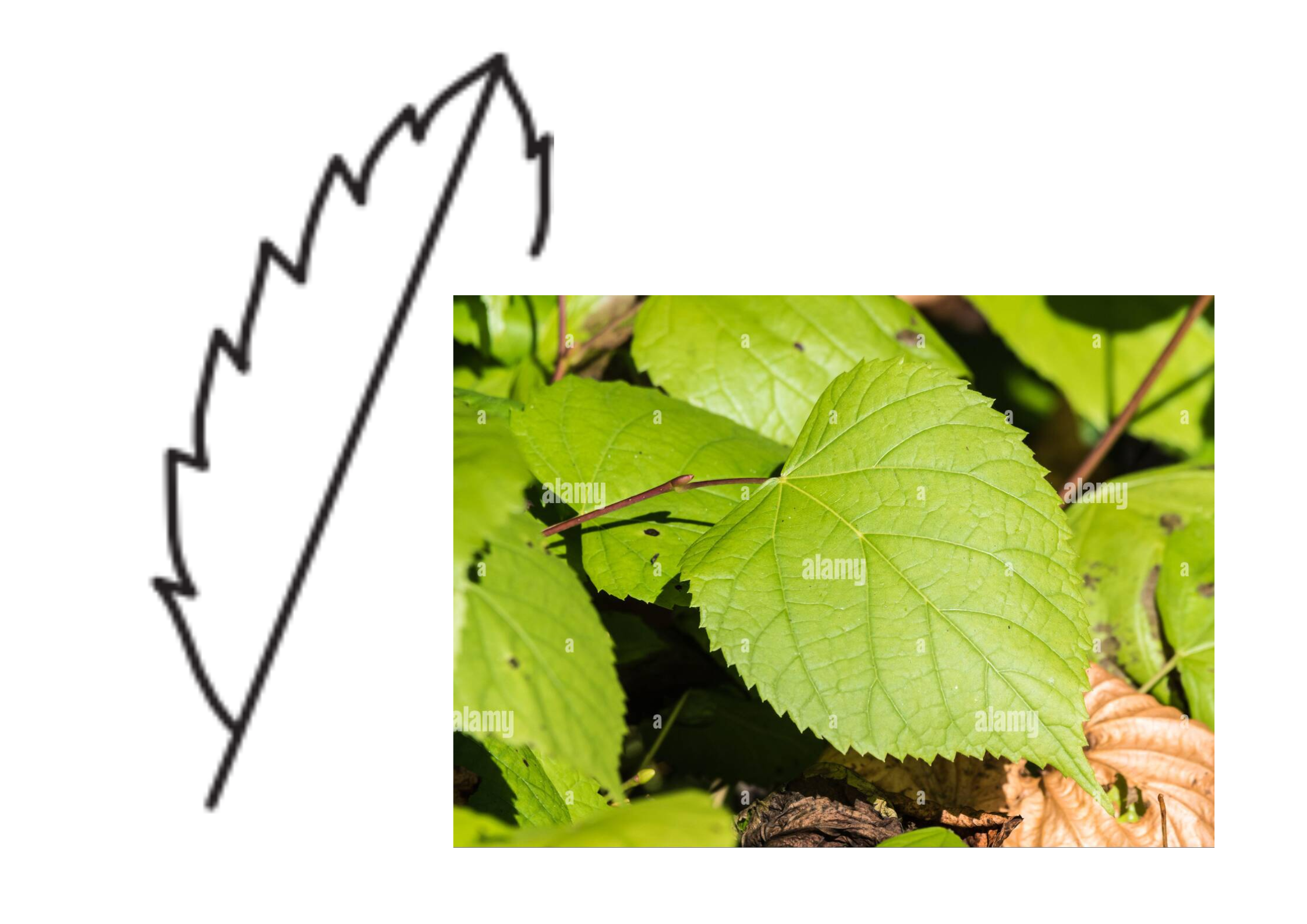
Leaf margin
Serrate
* When it is like the teeth of the saw
* When it is like the teeth of the saw
25
New cards
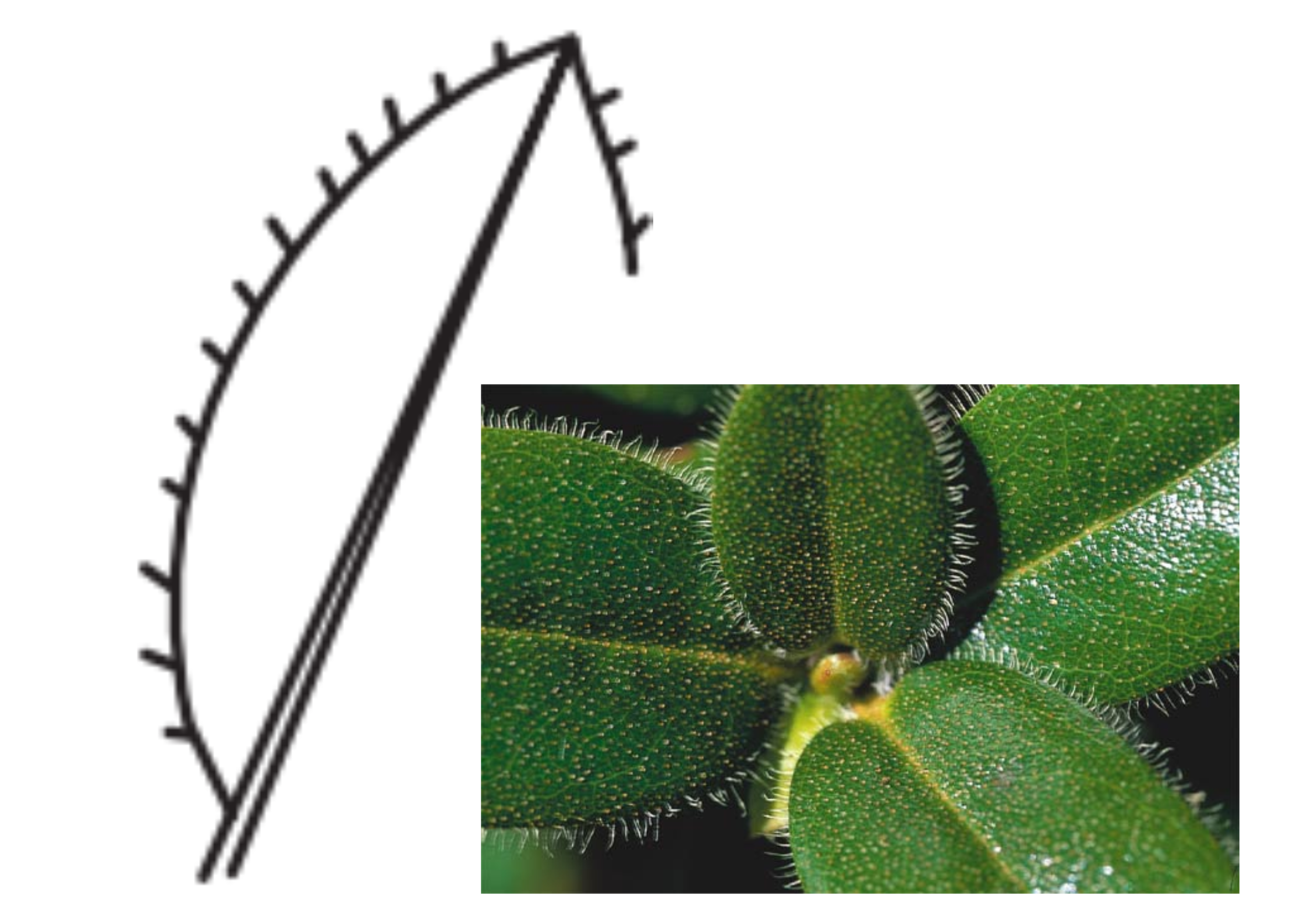
Leaf margin
Ciliated
* It is fringed with hairs.
* It is fringed with hairs.
26
New cards
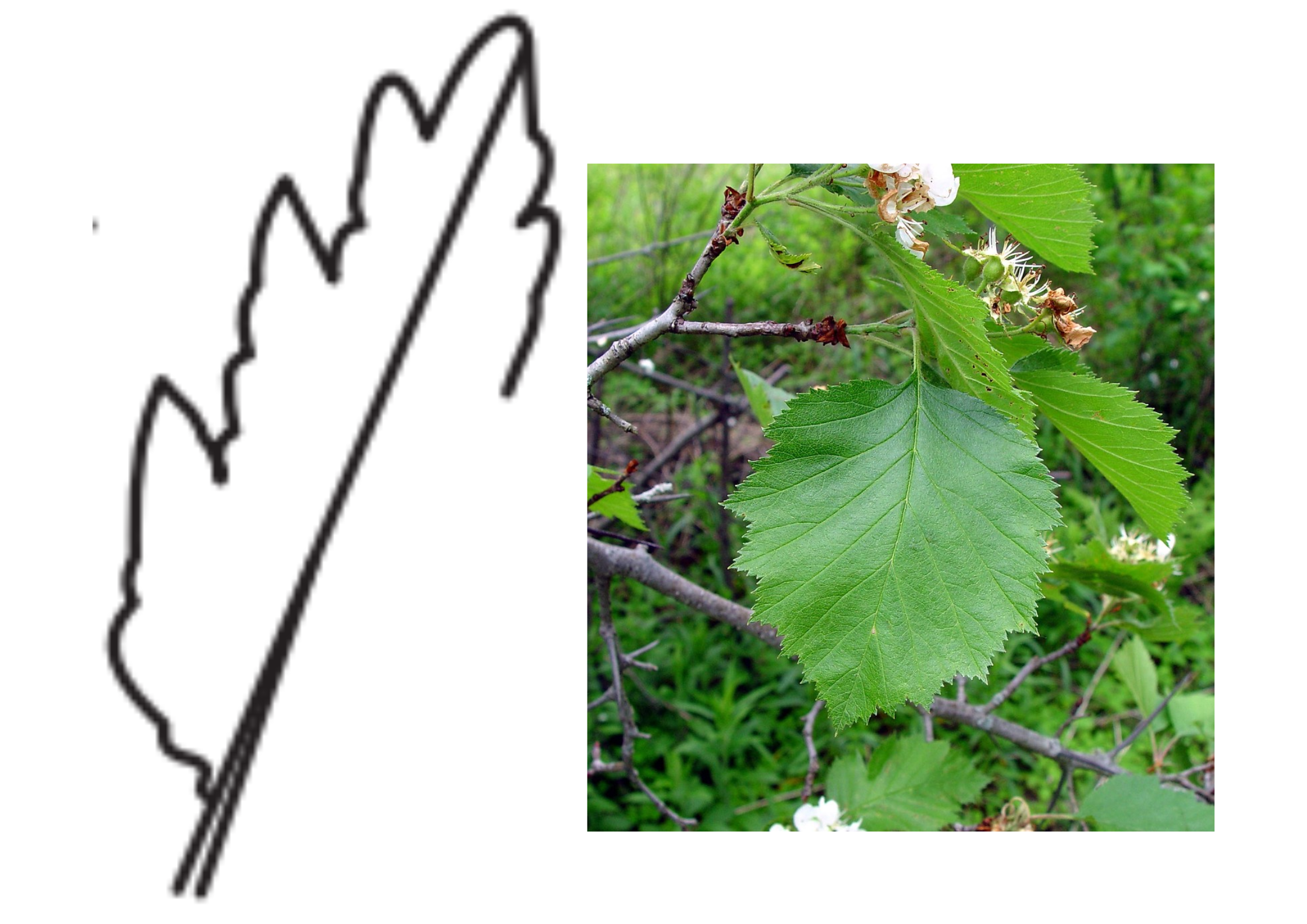
Leaf margin
Biserrate
* Lobed serrate margin.
* Lobed serrate margin.
27
New cards
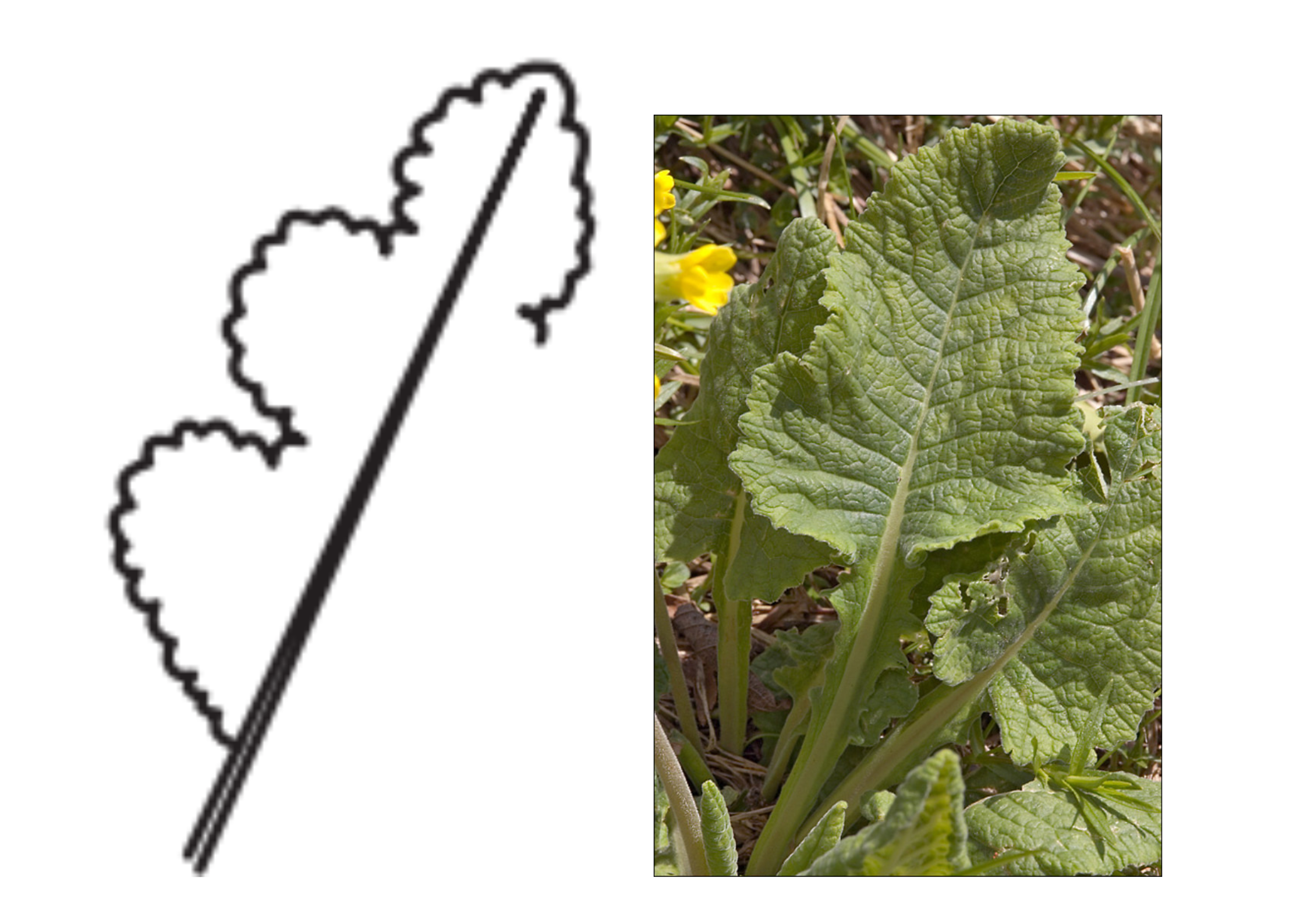
Leaf margin
Bicrenate
* Lobed crenate margin.
* Lobed crenate margin.
28
New cards
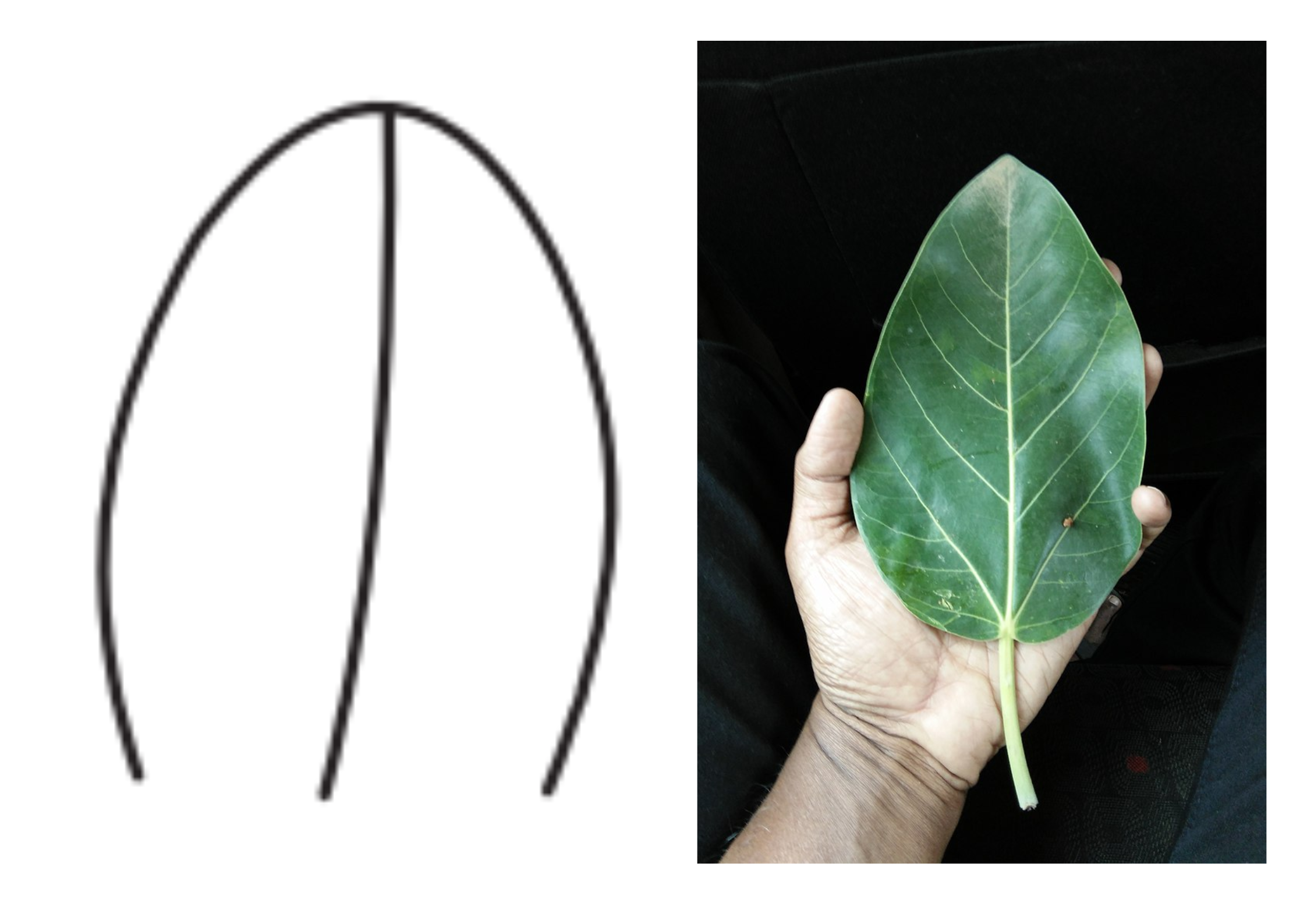
Leaf apices
Obtuse
* Rounded tip
* Rounded tip
29
New cards

Leaf apices
Acute
* When it is pointed to form acute angle, but not stiff
* When it is pointed to form acute angle, but not stiff
30
New cards

Leaf apices
Acuminate
* Pointed tip with much elongation
* Pointed tip with much elongation
31
New cards
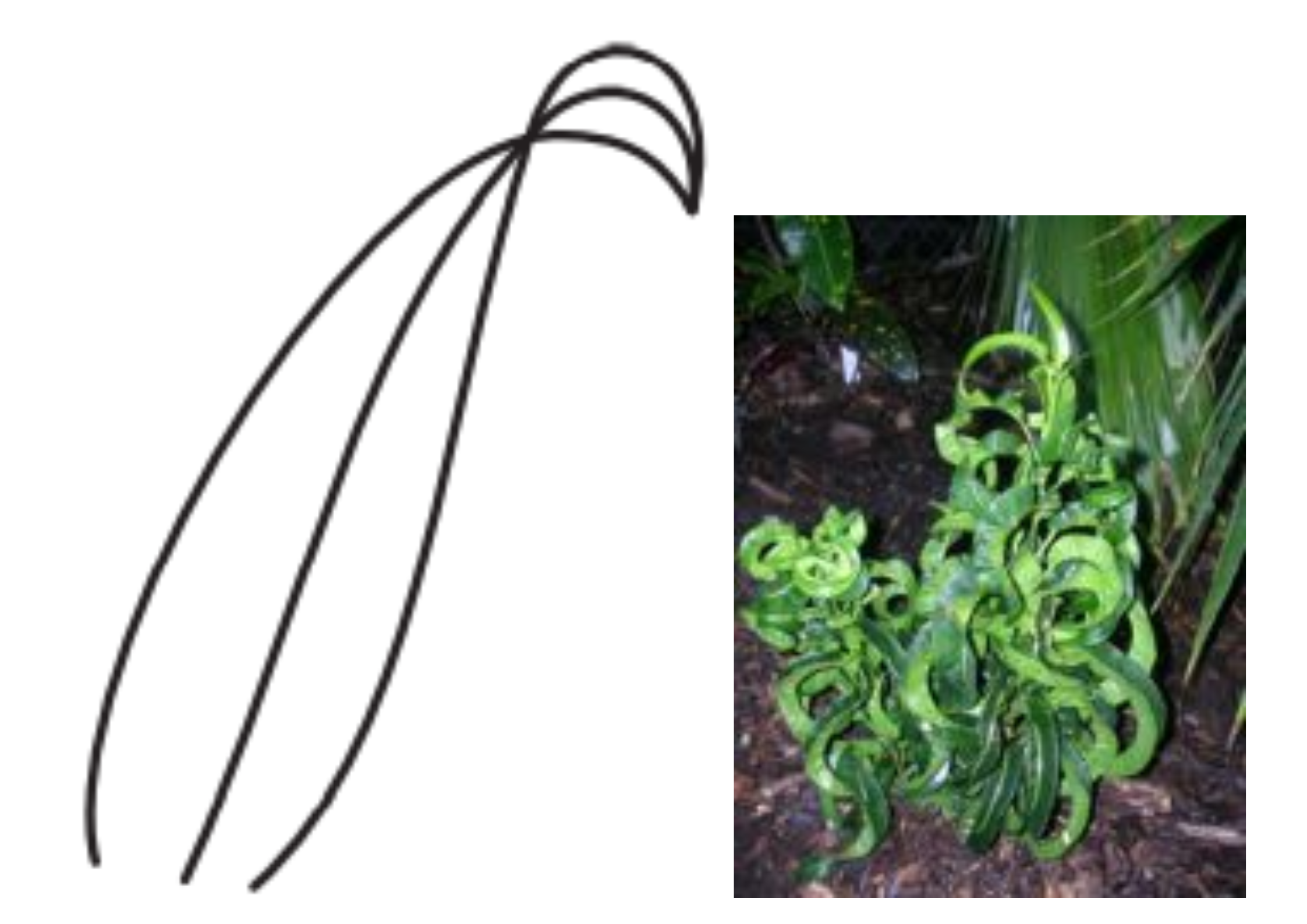
Leaf apices
Recurved
* When the apex is curved backward.
* When the apex is curved backward.
32
New cards

Leaf apices
Cuspidate
* With spiny tip
* With spiny tip
33
New cards
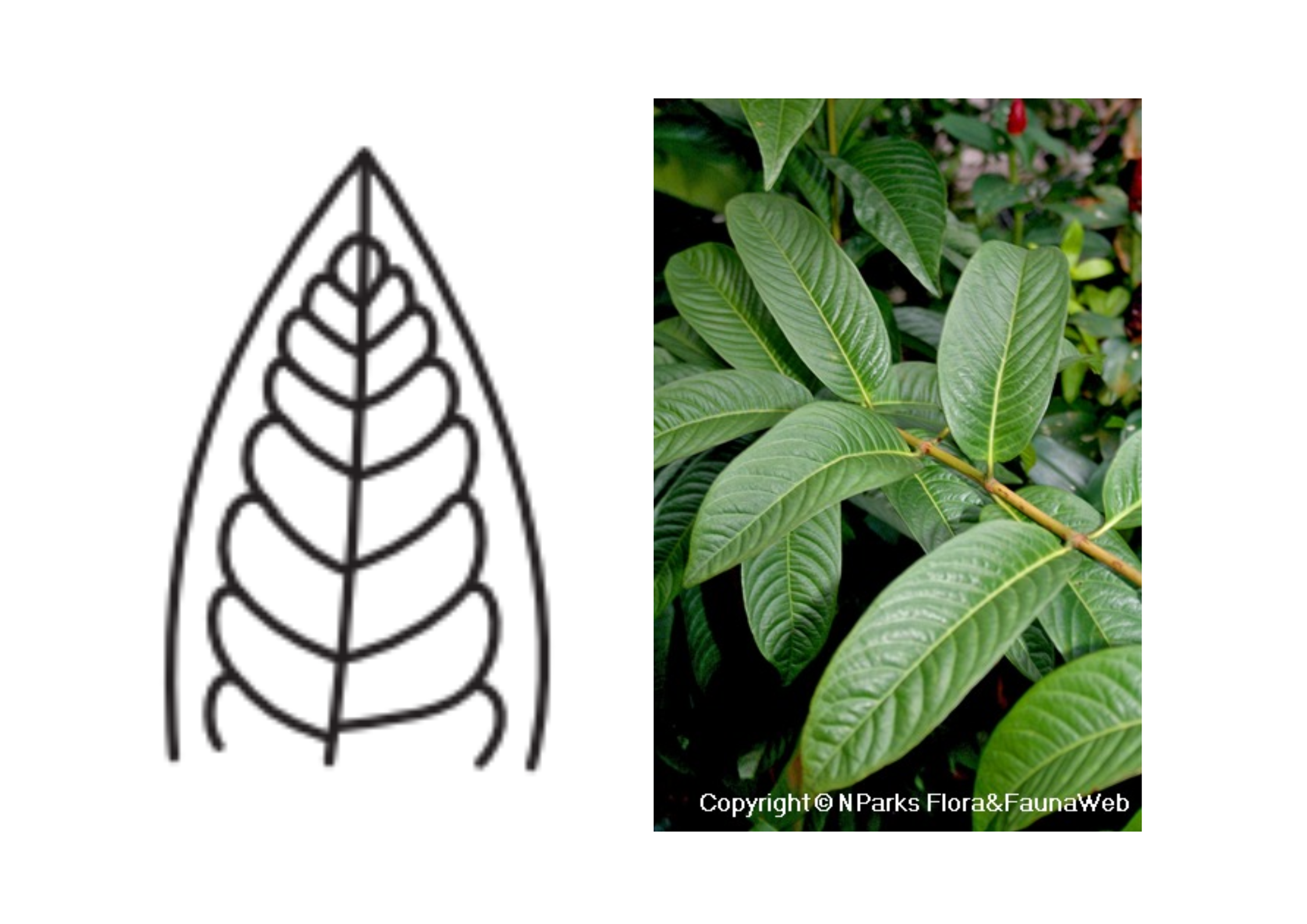
Leaf apices
Mucronate
* Rounded apex ending abruptly in a short point
* Rounded apex ending abruptly in a short point
34
New cards
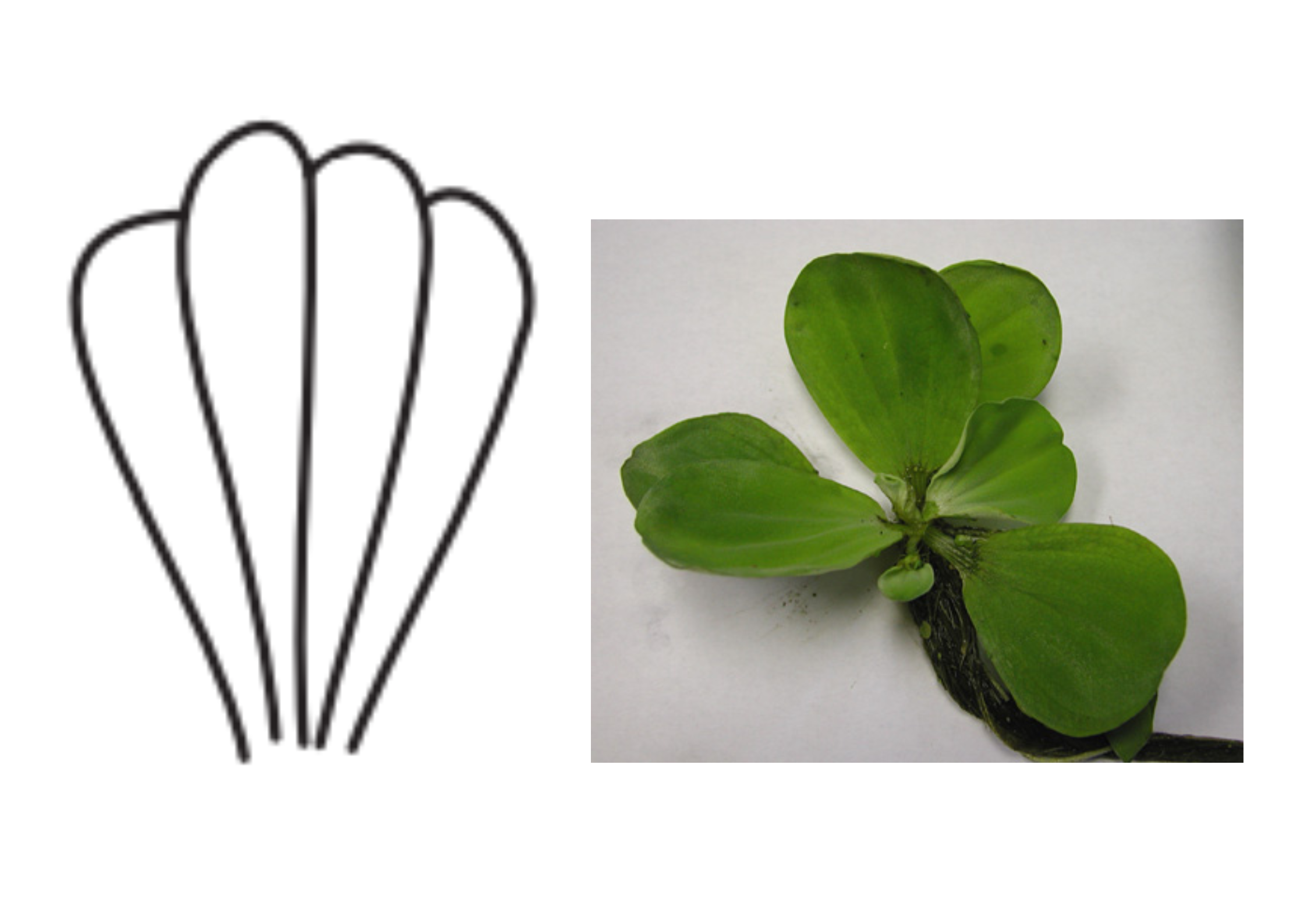
Leaf apices
Retuse
* Broad tip with slight notch
* Broad tip with slight notch
35
New cards
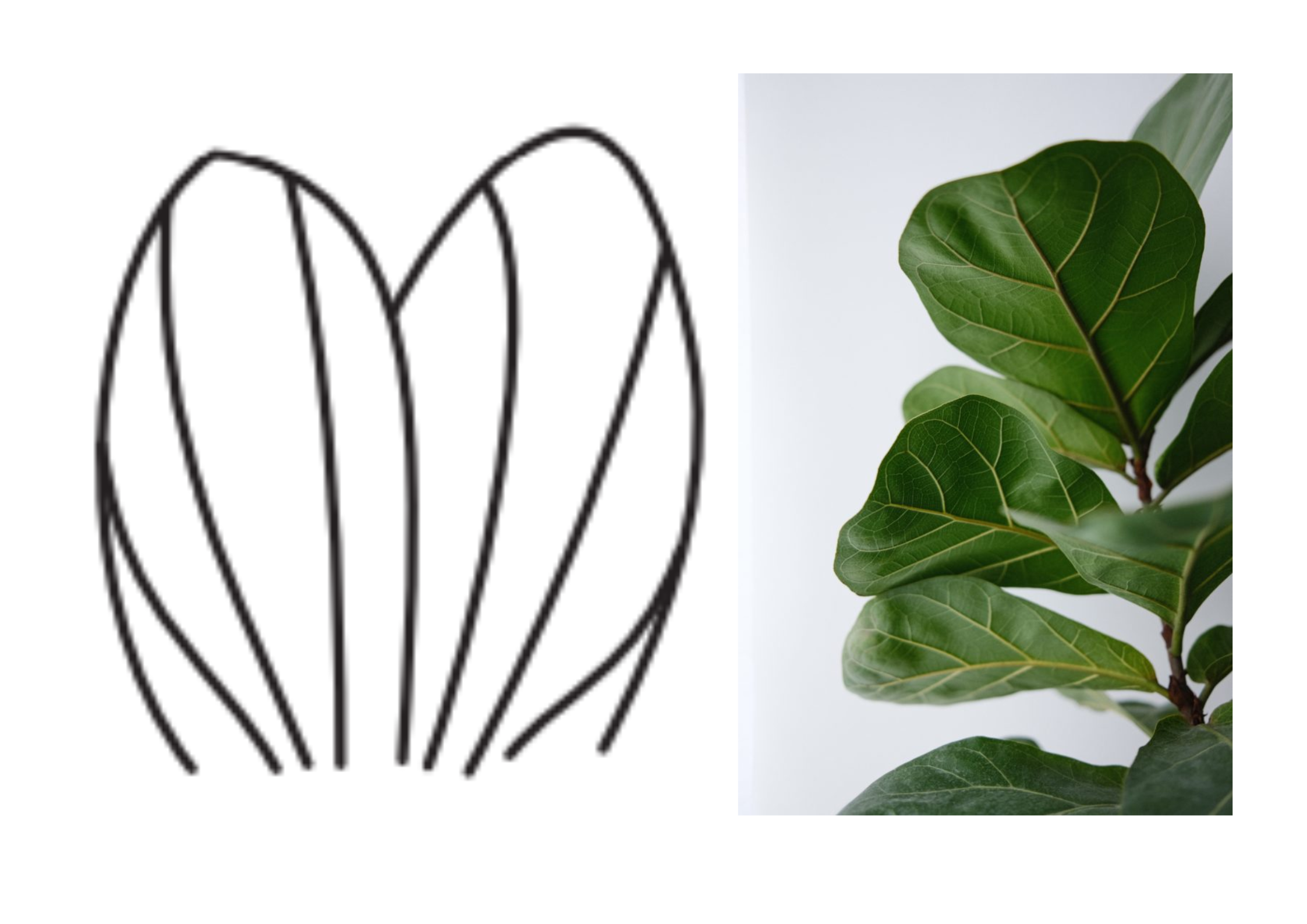
Leaf apices
Emarginate
* When tip is deeply notched
* When tip is deeply notched
36
New cards
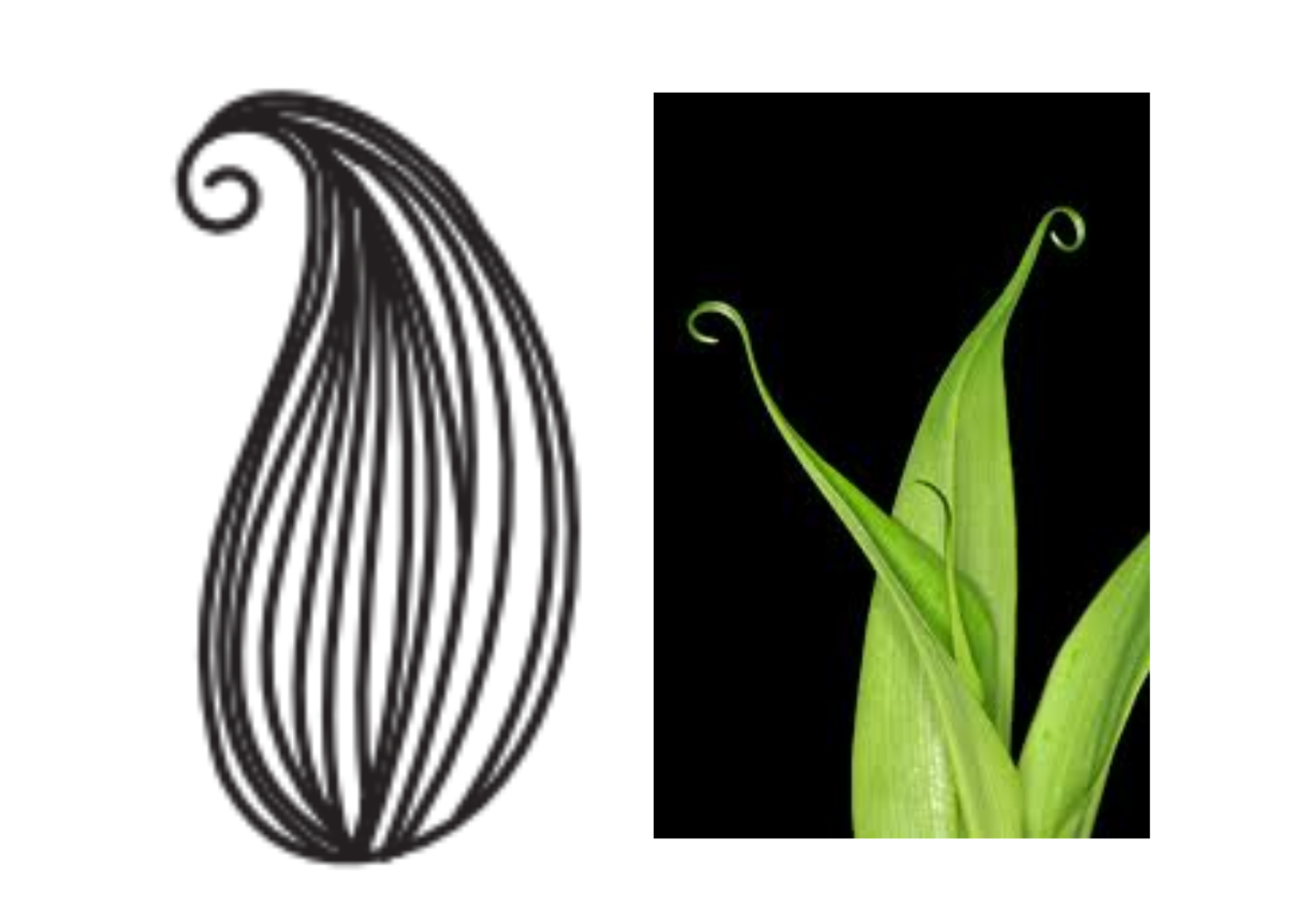
Leaf apices
Tendrillar
* Tip forming a tendril
* Tip forming a tendril
37
New cards
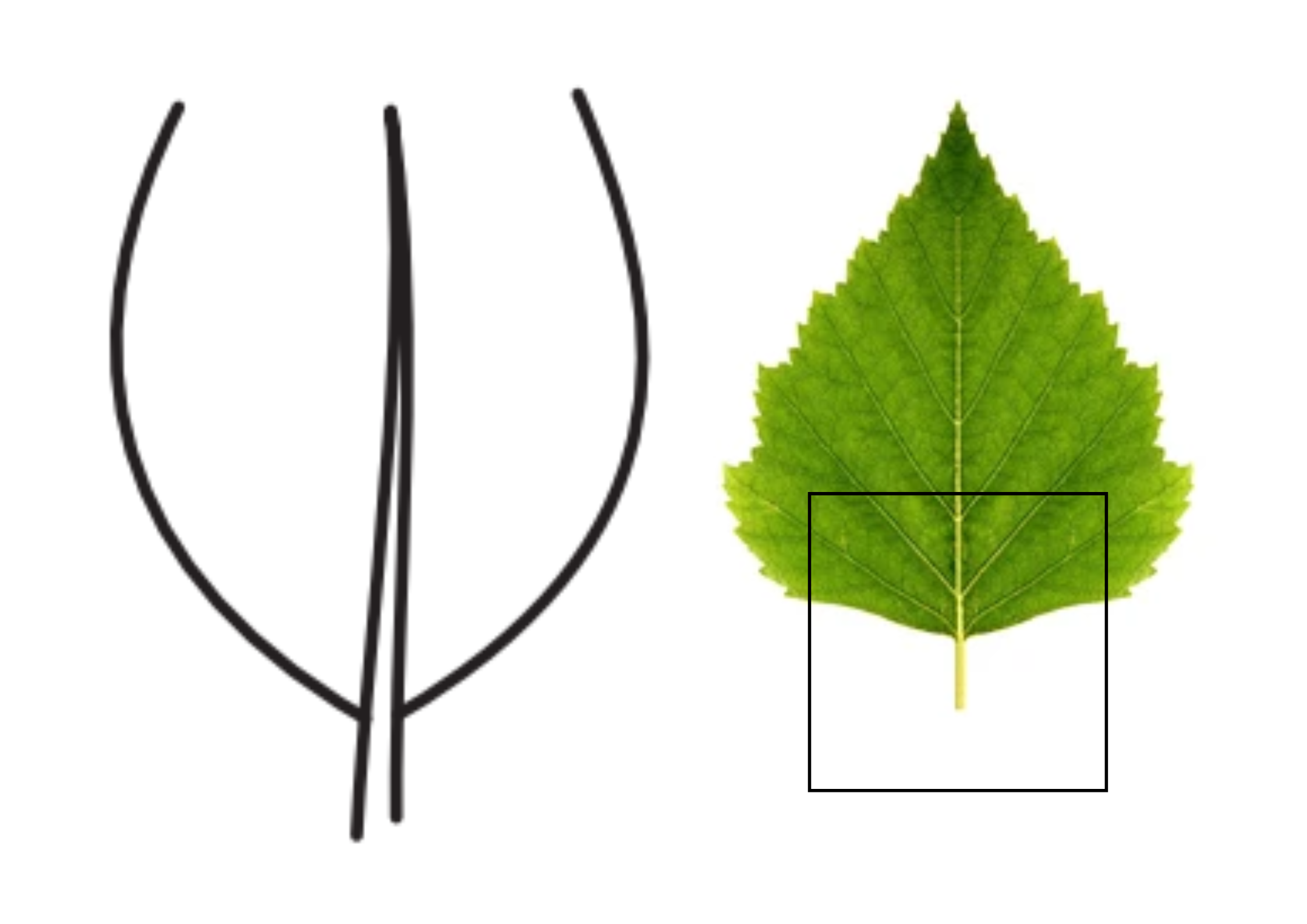
Leaf bases
Symmetrical
38
New cards
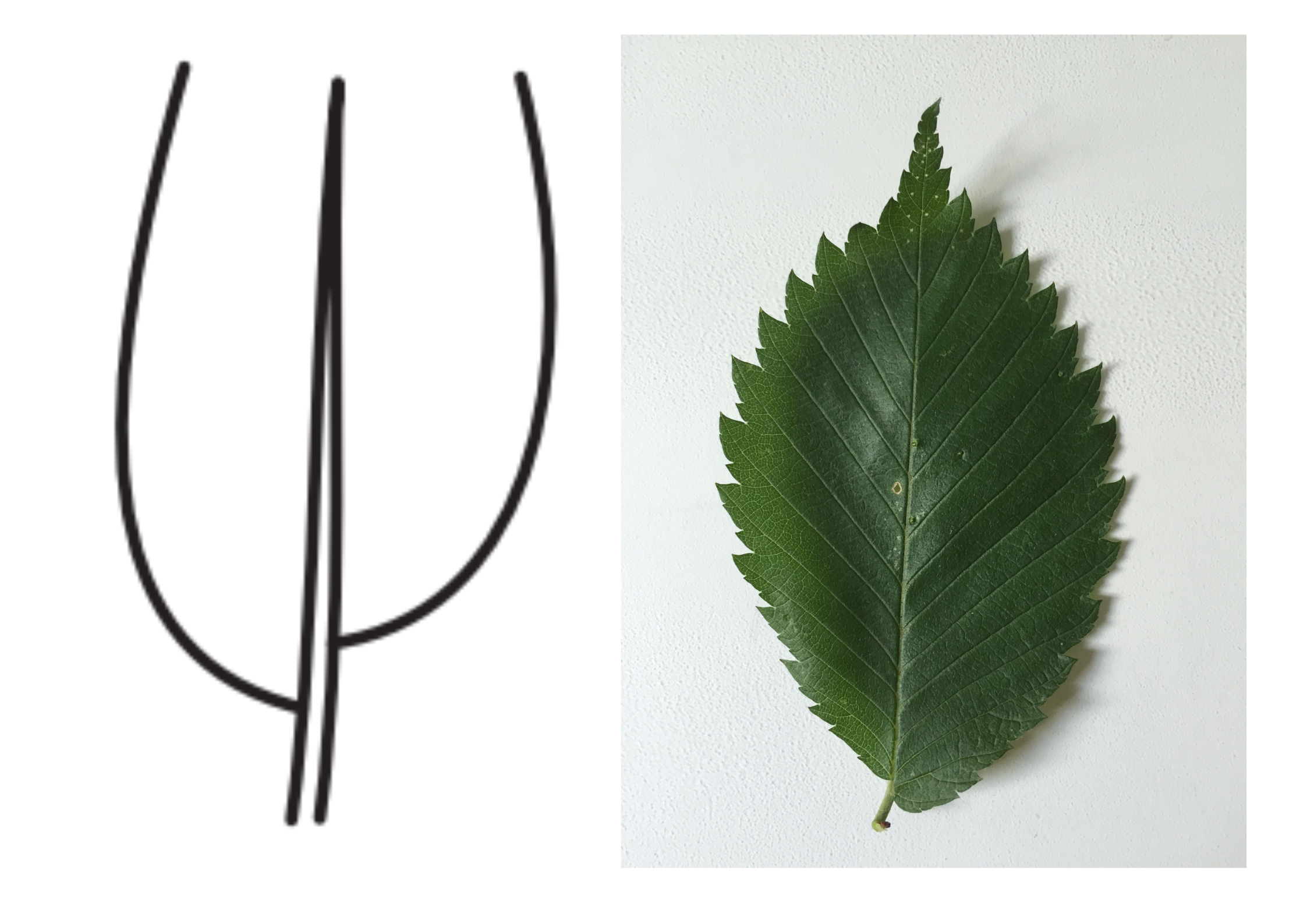
Leaf bases
Asymmetrical
39
New cards
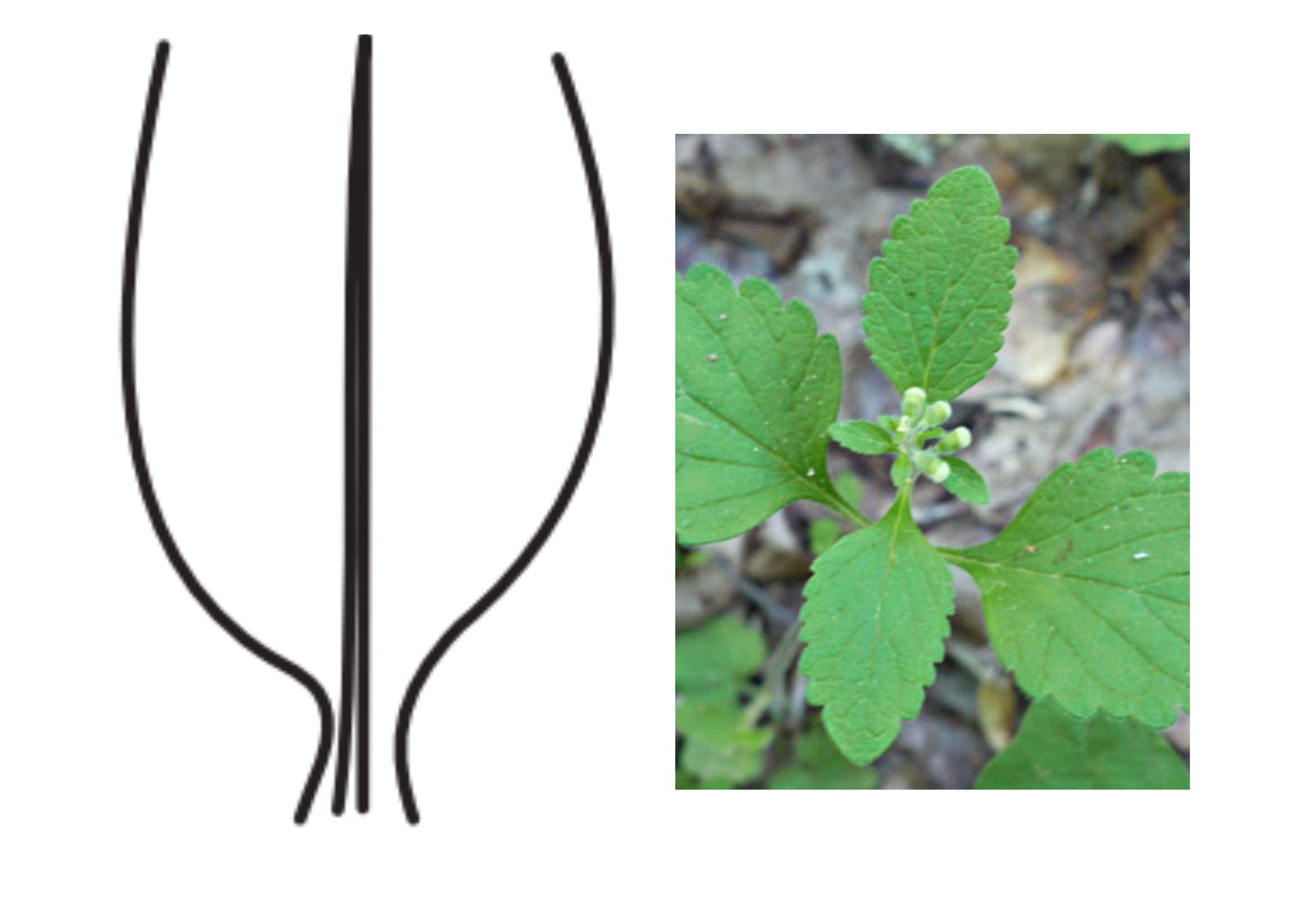
Leaf bases
Decurrent
40
New cards
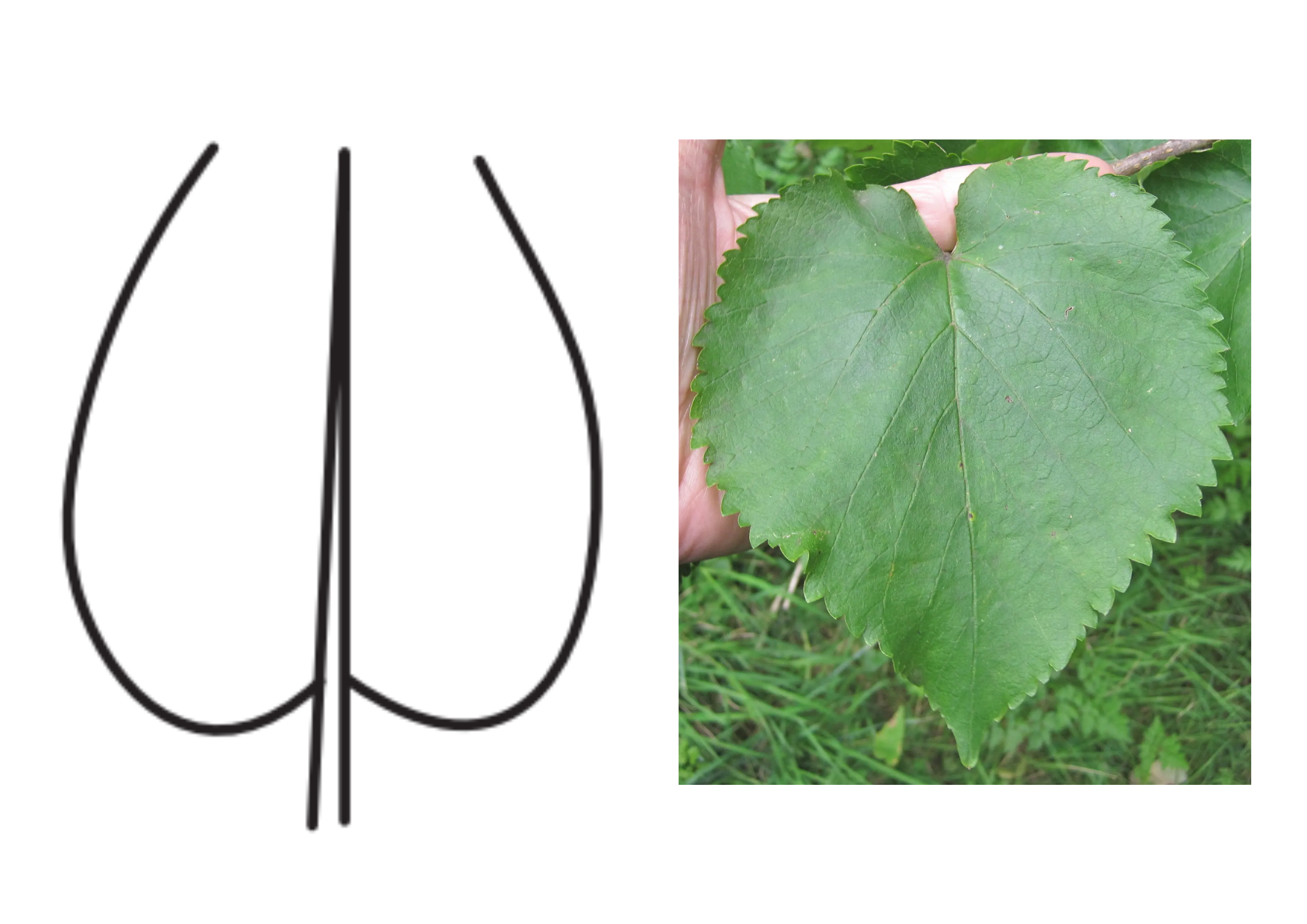
Leaf bases
Cordate
41
New cards
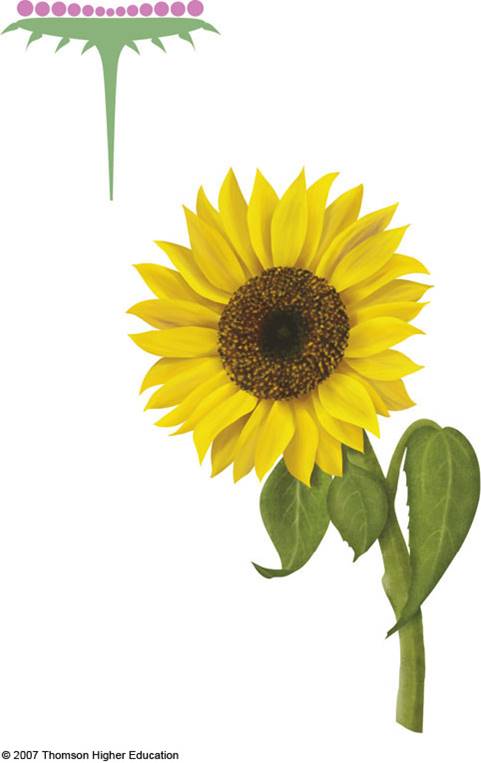
1. Inflorescence
2. Name of Flower
3. Scientific Name of Flower
1. Head
2. Common Sunflower
3. Helianthus annuus
42
New cards
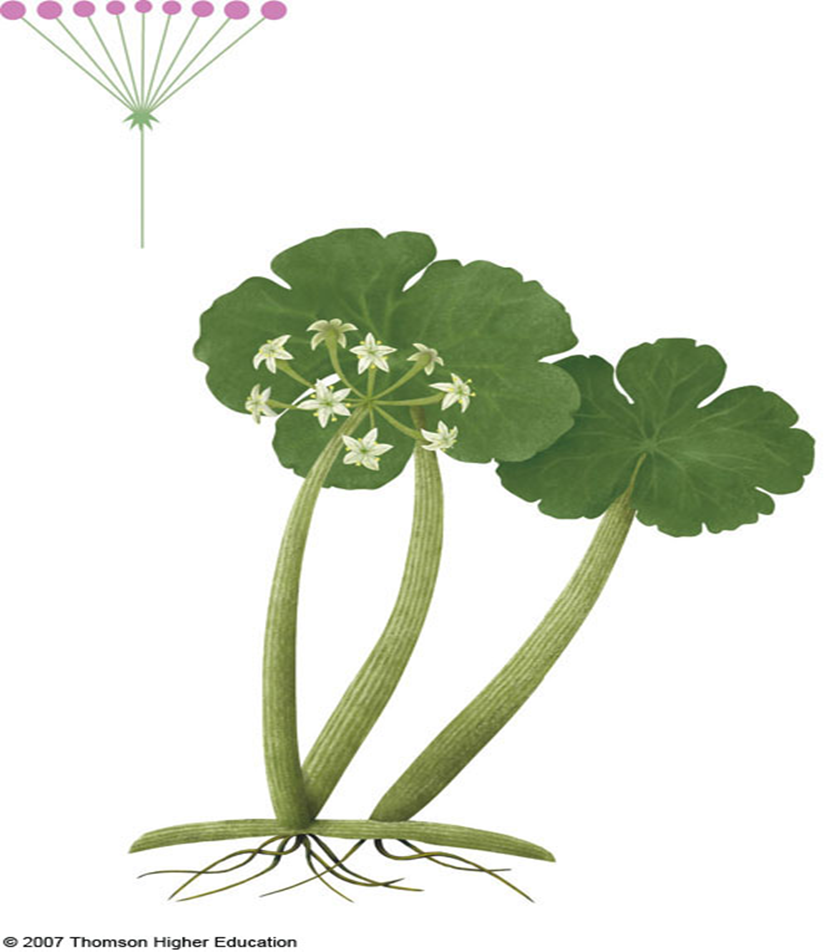
1. Inflorescence
2. Name of Flower
3. Scientific Name of Flower
1. Umbel
2. Water pennywort
3. Hydrocotyle ranunculoides
43
New cards
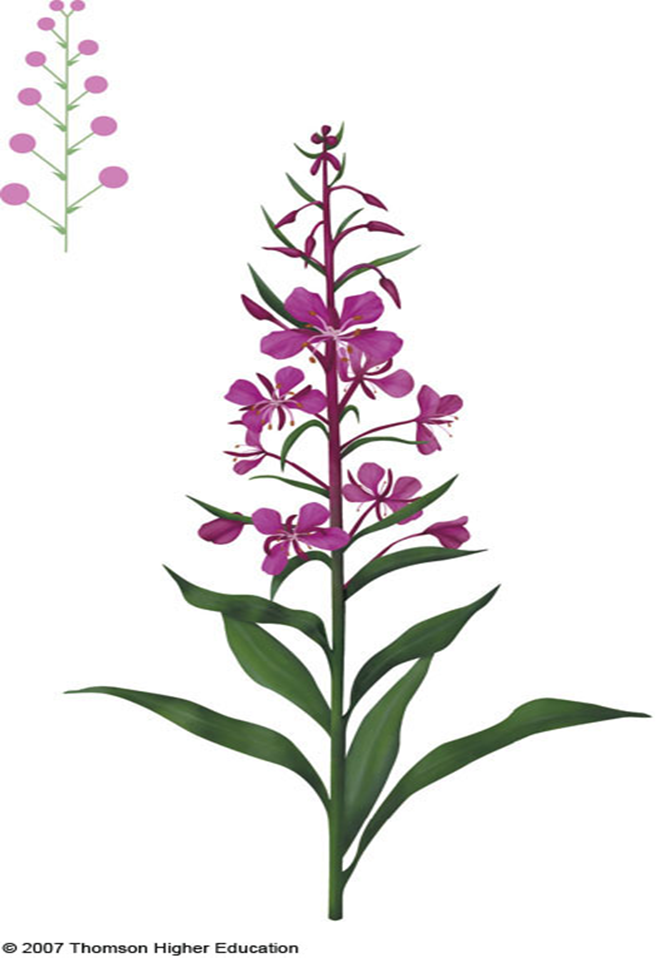
1. Inflorescence
2. Name of Flower
3. Scientific Name of Flower
1. Raceme
2. Fireweed
3. Epilobium angustifolium
44
New cards
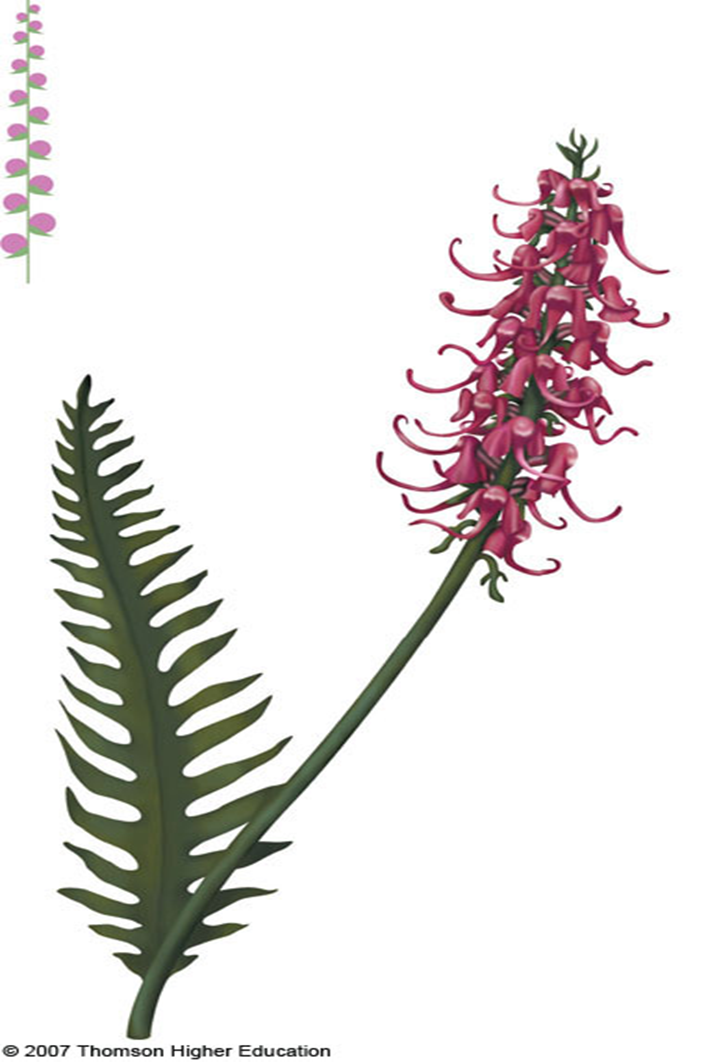
1. Inflorescence
1. Name of Flower
2. Scientific Name of Flower
1. Spike
2. Elephant-heads
3. Pedicularis groenlandica
45
New cards
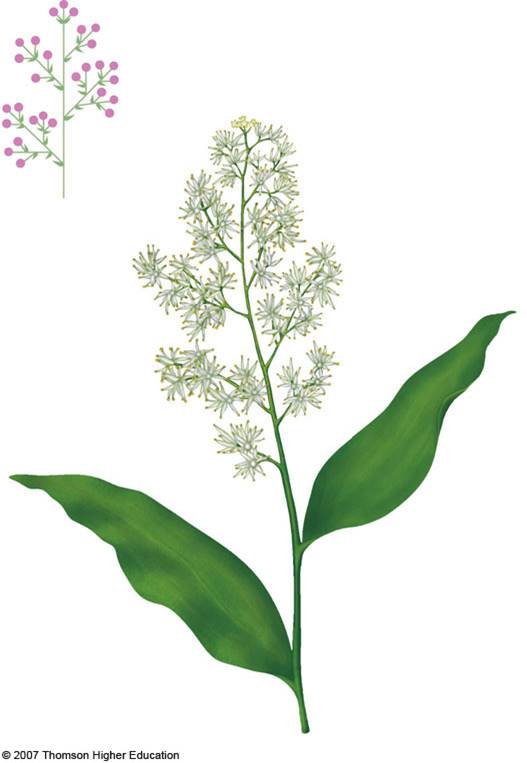
1. Inflorescence
2. Name of Flower
3. Scientific Name of Flower
1. Panicle
2. False spike-nard
3. Smilacina racemosa
46
New cards
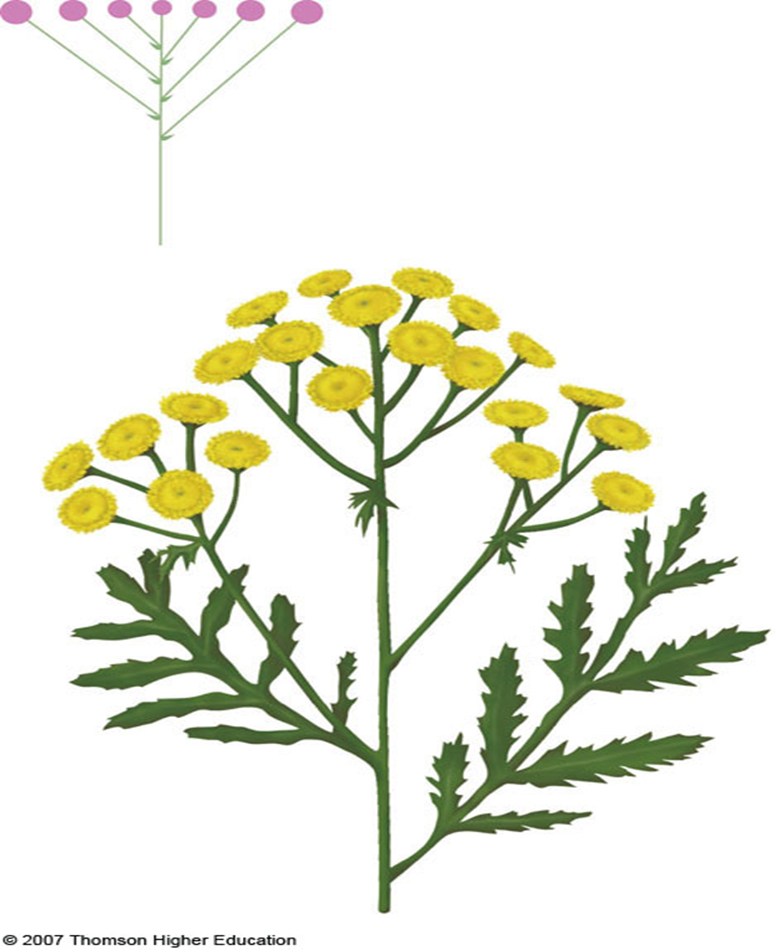
1. Inflorescence
2. Name of Flower
3. Scientific Name of Flower
1. Corymb
2. Common tansy
3. Tanacetum vulgare
47
New cards
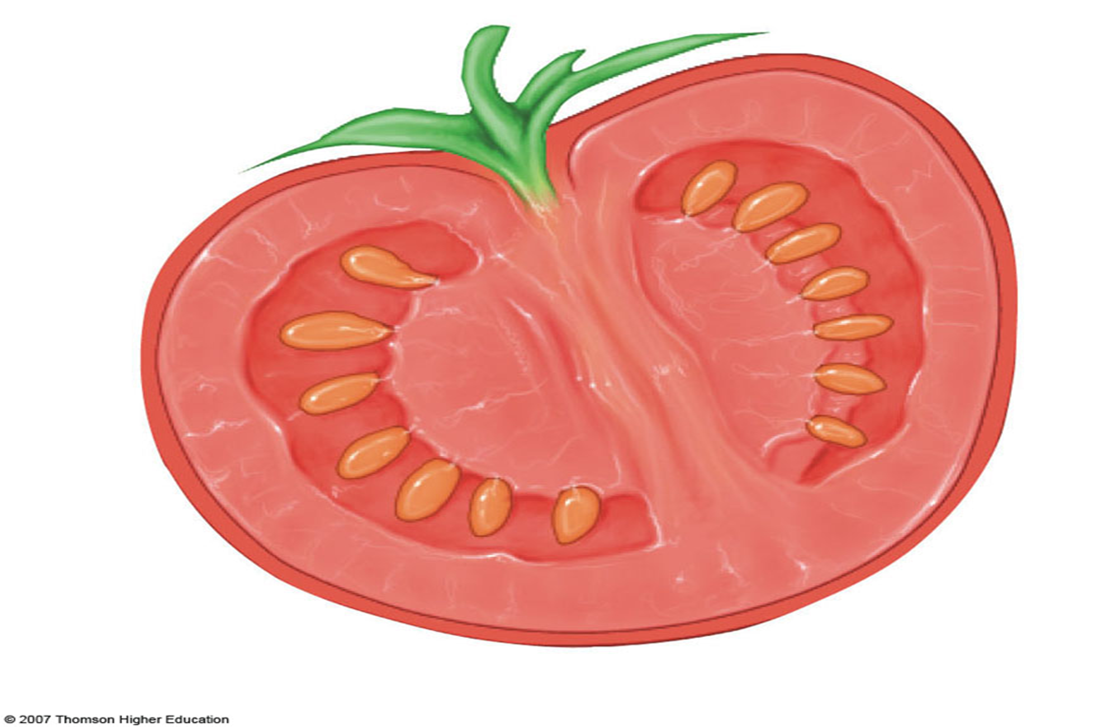
1. Fruit Name
2. Fruit Scientific Name
3. Fruit type
1. Tomato
2. *Lycopersicon lycopersicum*
3. True Berry- Berry- simple, fleshy fruit
48
New cards

1. Fruit Name
2. Fruit Scientific Name
3. Fruit type
1. Peach
2. *Prunus persica*
3. Drupe- simple, fleshy fruit
49
New cards
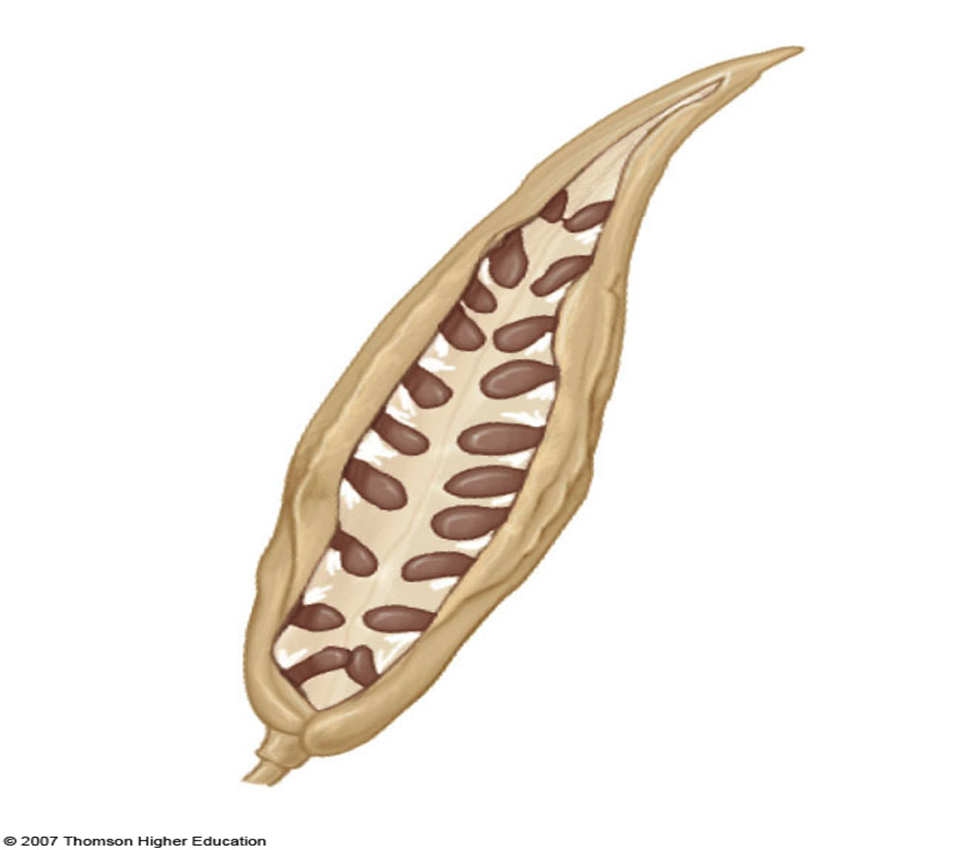
1. Fruit Name
2. Fruit Scientific Name
3. Fruit type
1. Milkweed
2. *Asclepias syriaca*
3. Follicle- Dehiscent fruit**-** simple, dry fruit
50
New cards
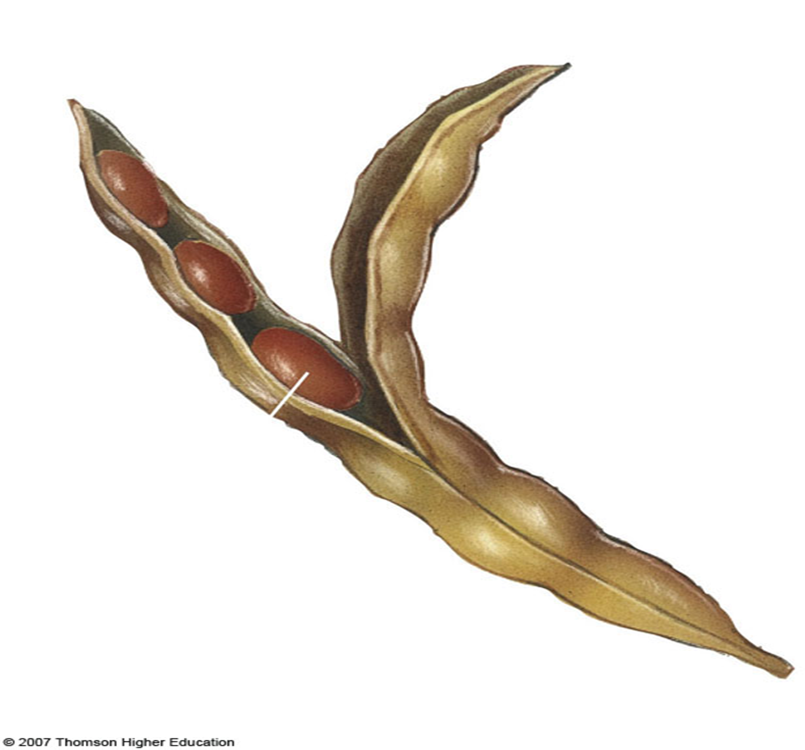
1. Fruit Name
2. Fruit Scientific Name
3. Fruit type
1. Green bean
2. *Phaseolus vulgaris*
3. Legume- Dehiscent fruit- simple, dry fruit
51
New cards
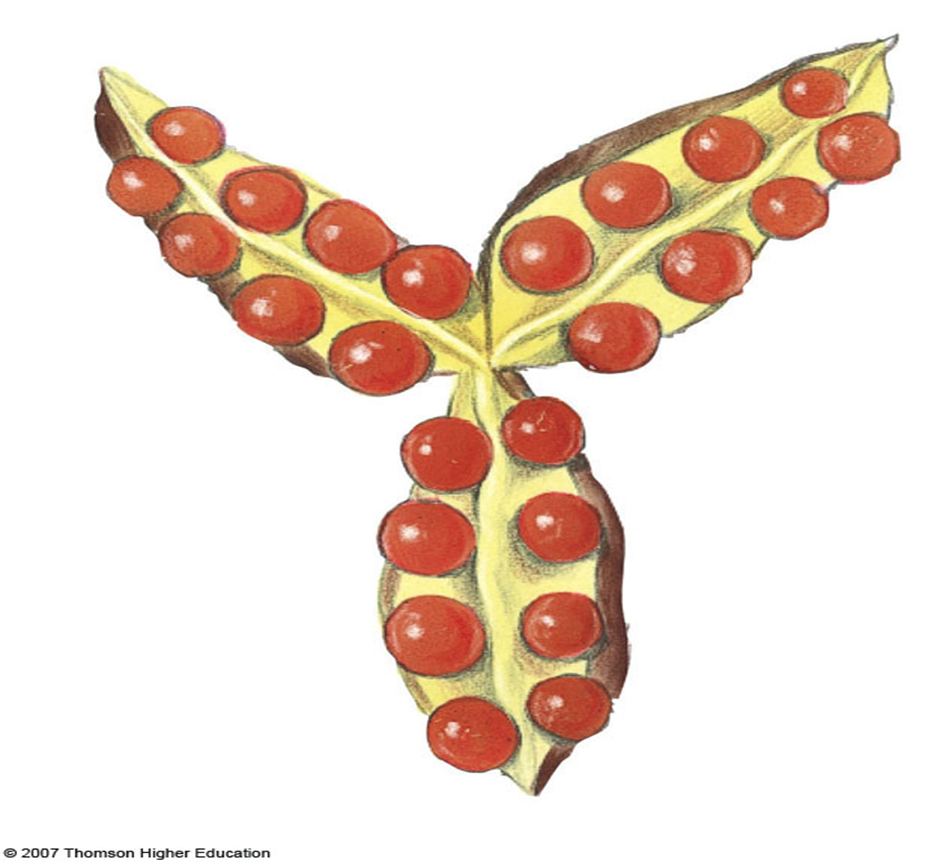
1. Fruit Name
2. Fruit Scientific Name
3. Fruit type
1. Iris
2. *Iris*
3. Capsule- Dehiscent fruit- simple, dry fruit
52
New cards
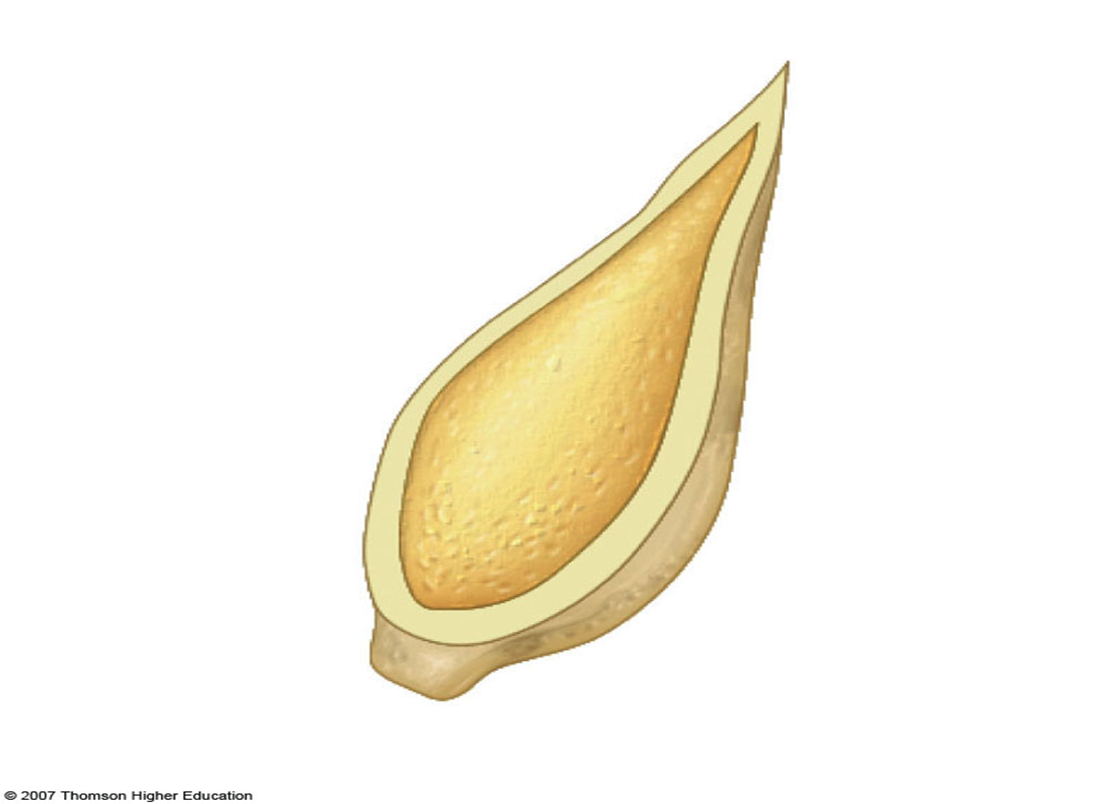
1. Fruit Name
2. Fruit Scientific Name
3. Fruit type
1. Wheat
2. *Triticum*
3. Caryopsis- Indehiscent Fruit**-** simple, dry fruit
53
New cards
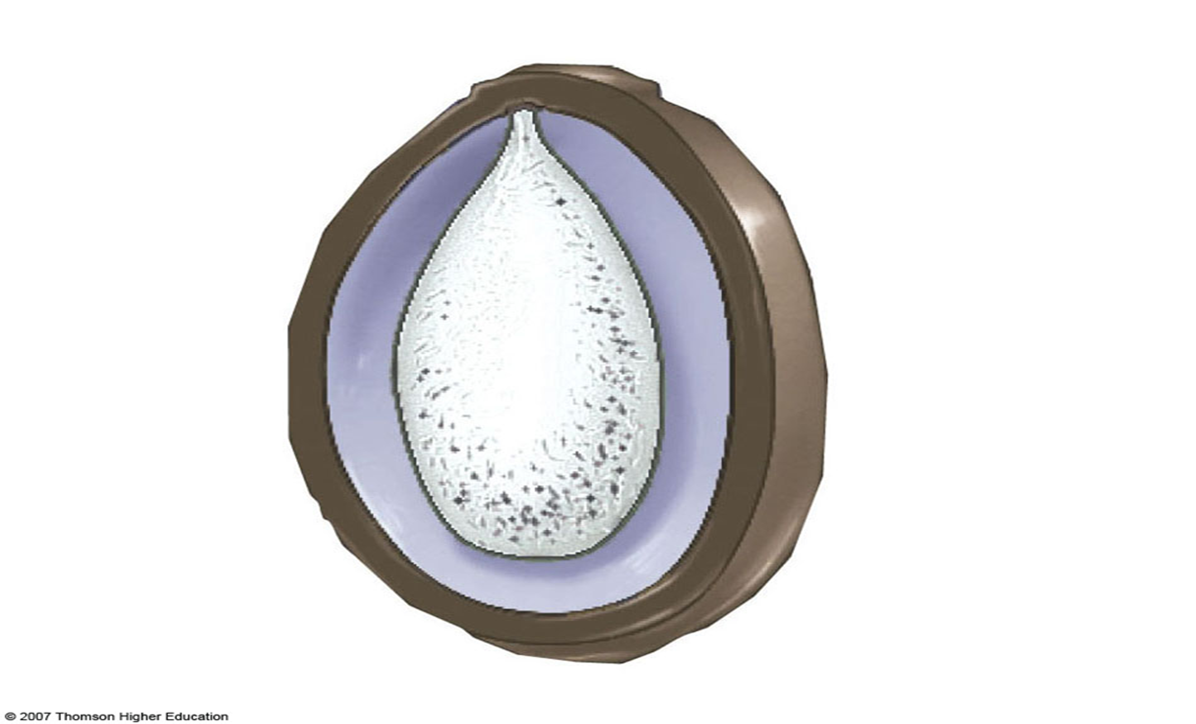
1. Fruit Name
2. Fruit Scientific Name
3. Fruit type
1. Sunflower
2. *Helianthus annuus*
3. Achene- Indehiscent Fruit- simple, dry fruit
54
New cards
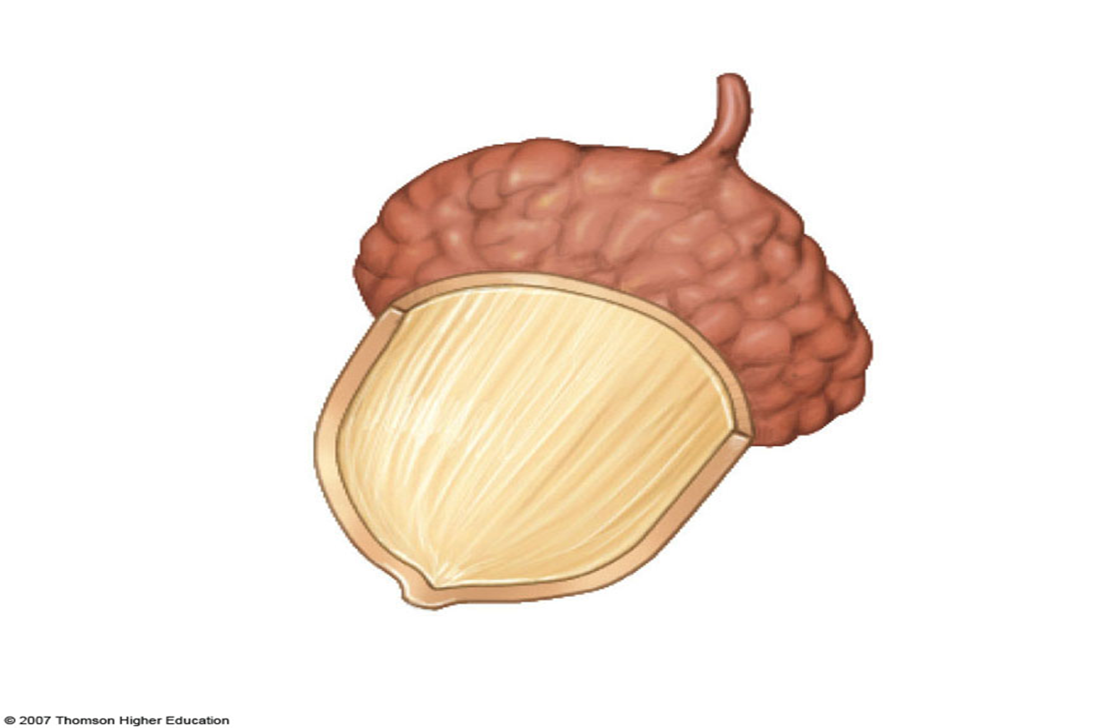
1. Fruit Name
2. Fruit Scientific Name
3. Fruit type
1. Oak
2. *Quercus*
3. Nut- Indehiscent Fruit- simple, dry fruit
55
New cards
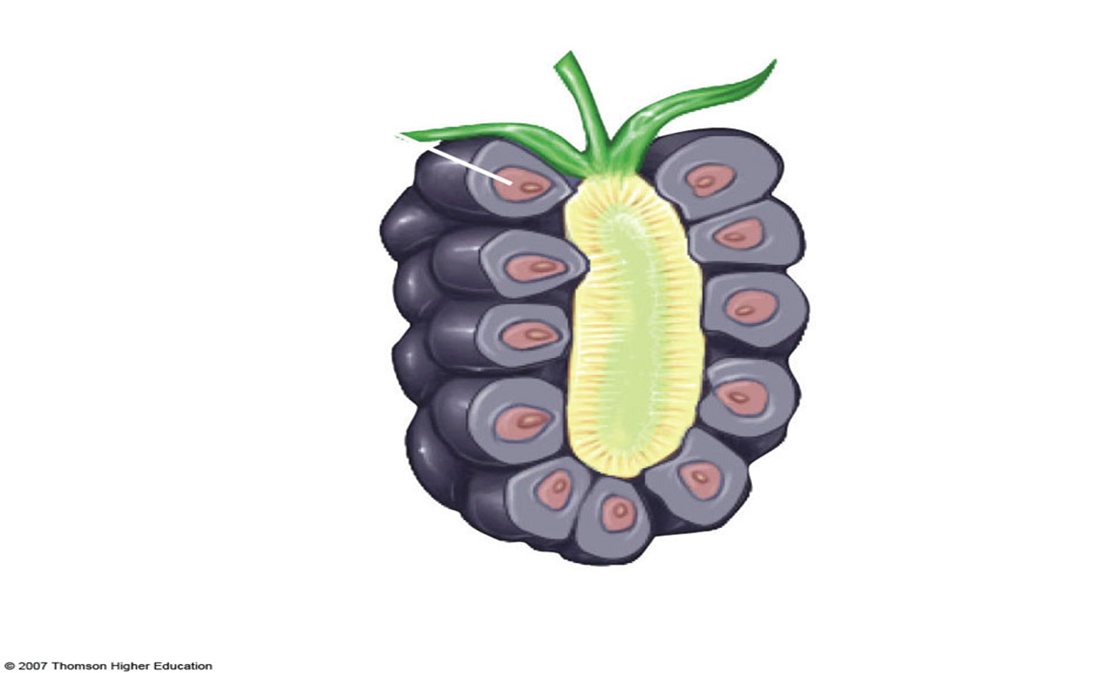
1. Fruit Name
2. Fruit Scientific Name
3. Fruit type
1. Blackberry
2. *Rubus*
3. Aggregate fruit
56
New cards

1. Fruit Name
2. Fruit Scientific Name
3. Fruit type
1. Mulberry
2. *Morus*
3. Multiple fruit
57
New cards
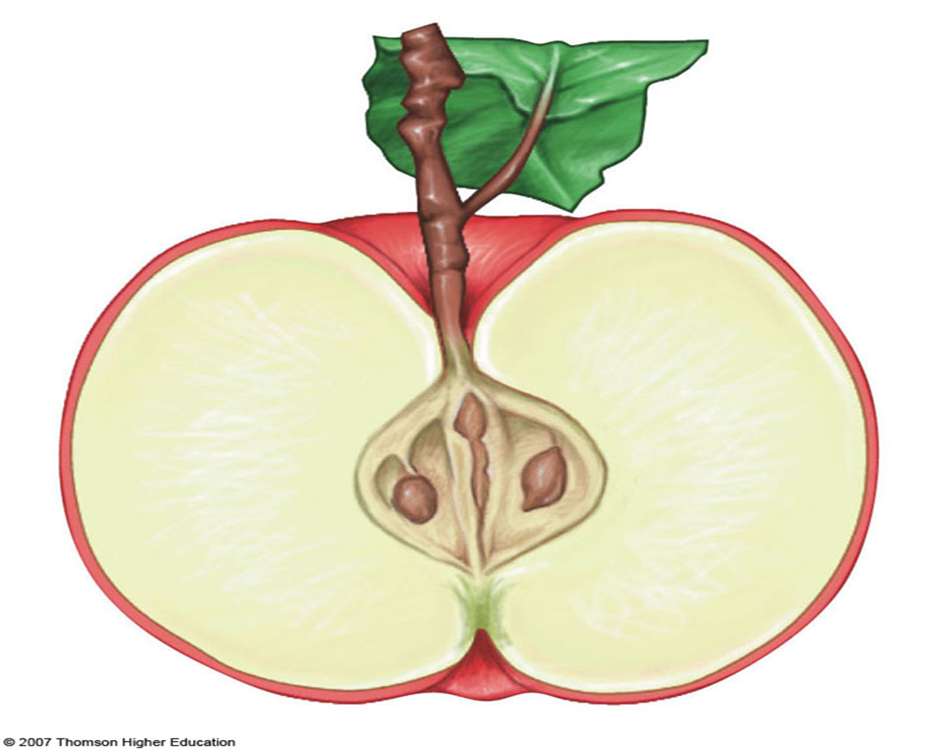
1. Fruit Name
2. Fruit Scientific Name
3. Fruit type
1. Apple
2. *Malus sylvestris*
3. Accessory fruit
58
New cards
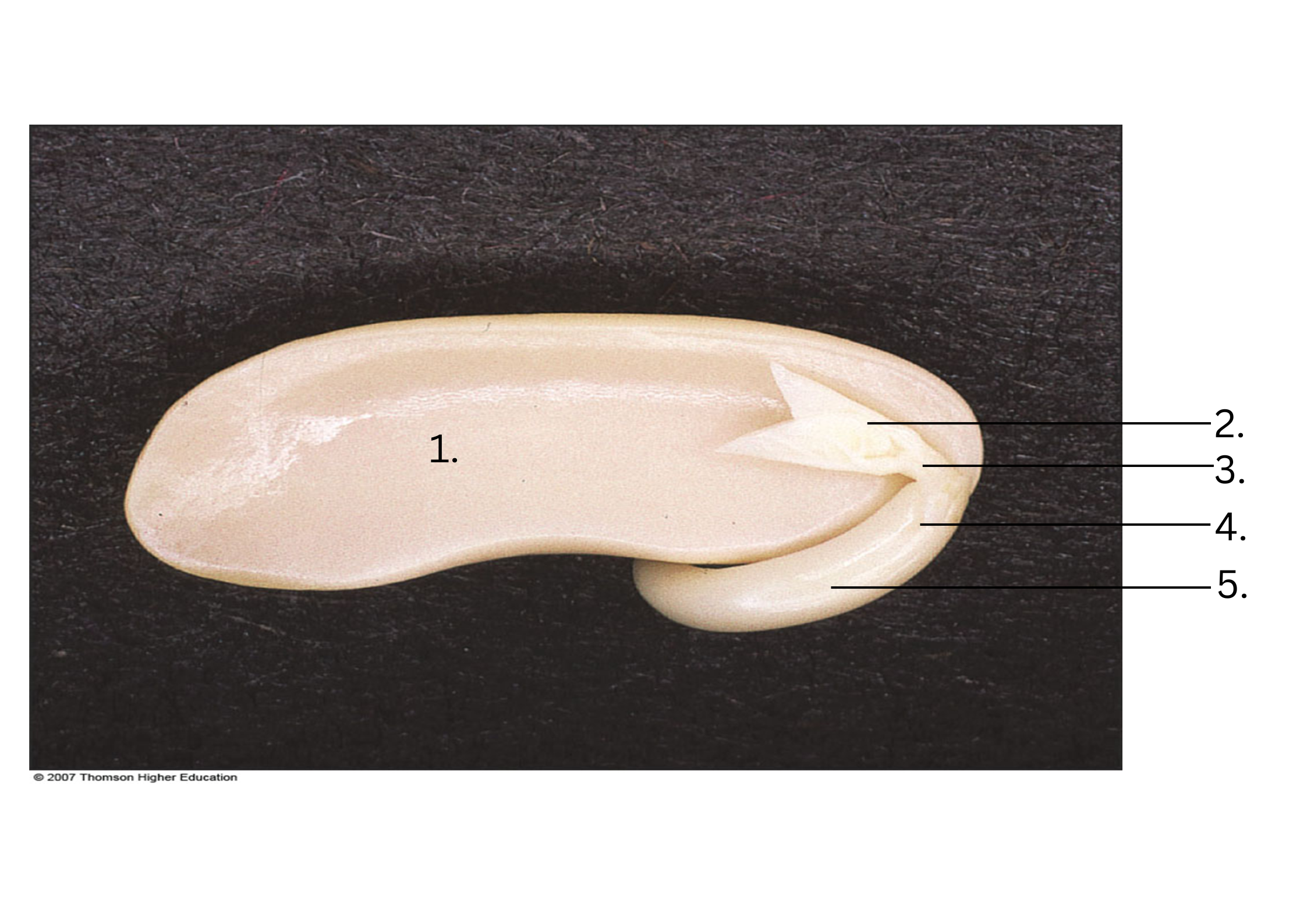
Parts of Seed
1. Cotyledon
2. Foliage leaf
3. Plumule
4. Hypocotyl
5. Radicle
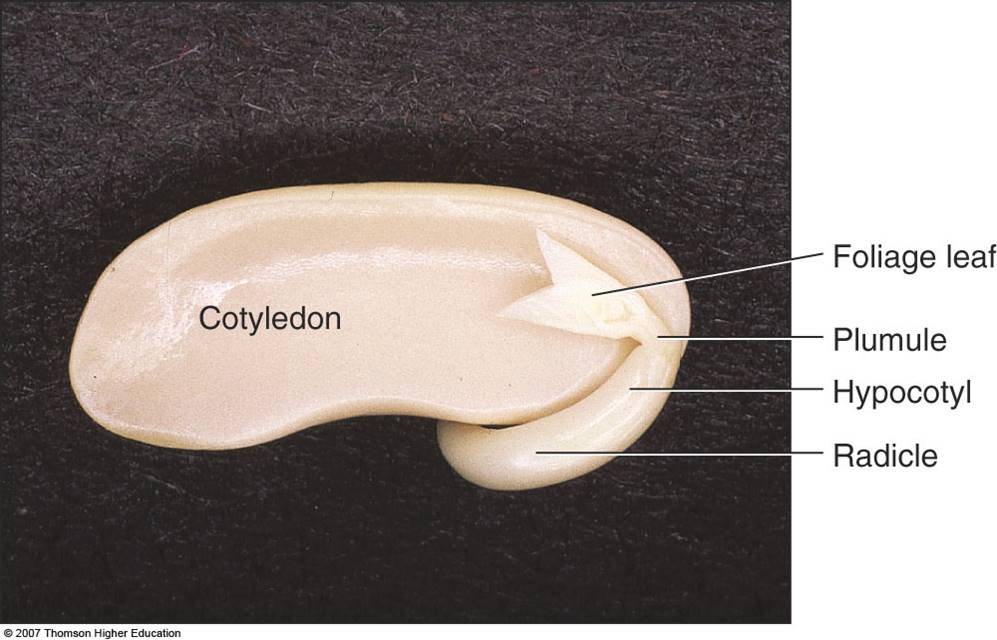
59
New cards

1. Palisade mesophyll
2. Vein (vascular bundle)
3. Spongy mesophyll
4. Stoma
5. Cuticle
6. Upper epidermis
7. Bundle sheath
8. Xylem
9. Phloem
10. Air space in spongy mesophyll
11. Lower epidermis
12. Guard cells
13. Stoma
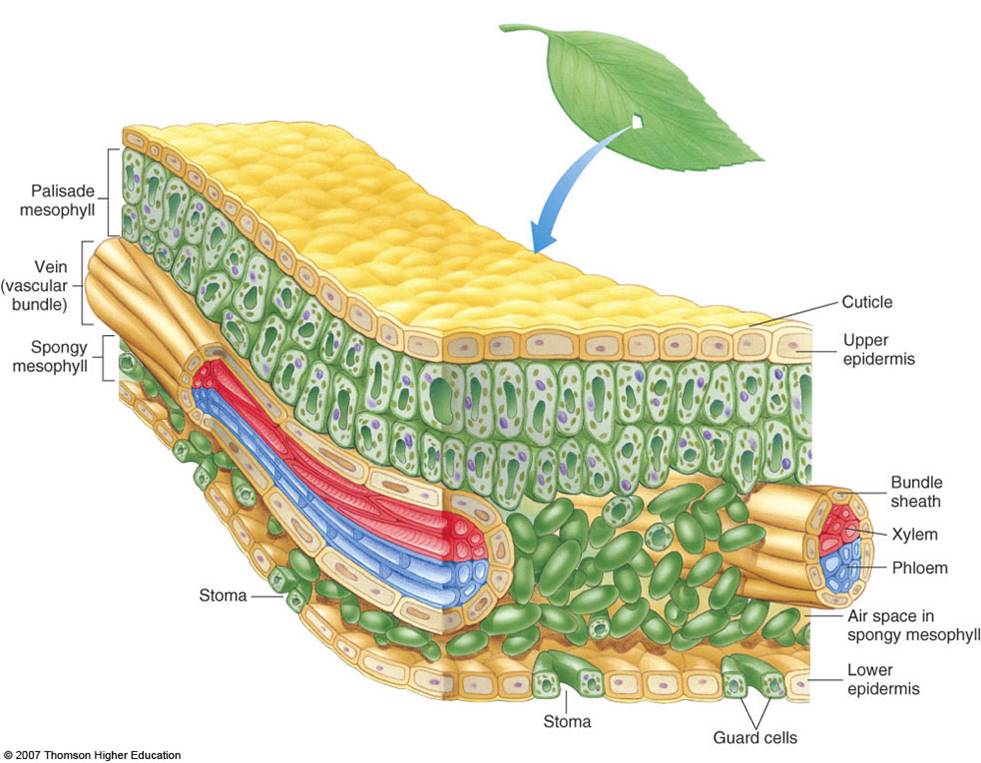
60
New cards
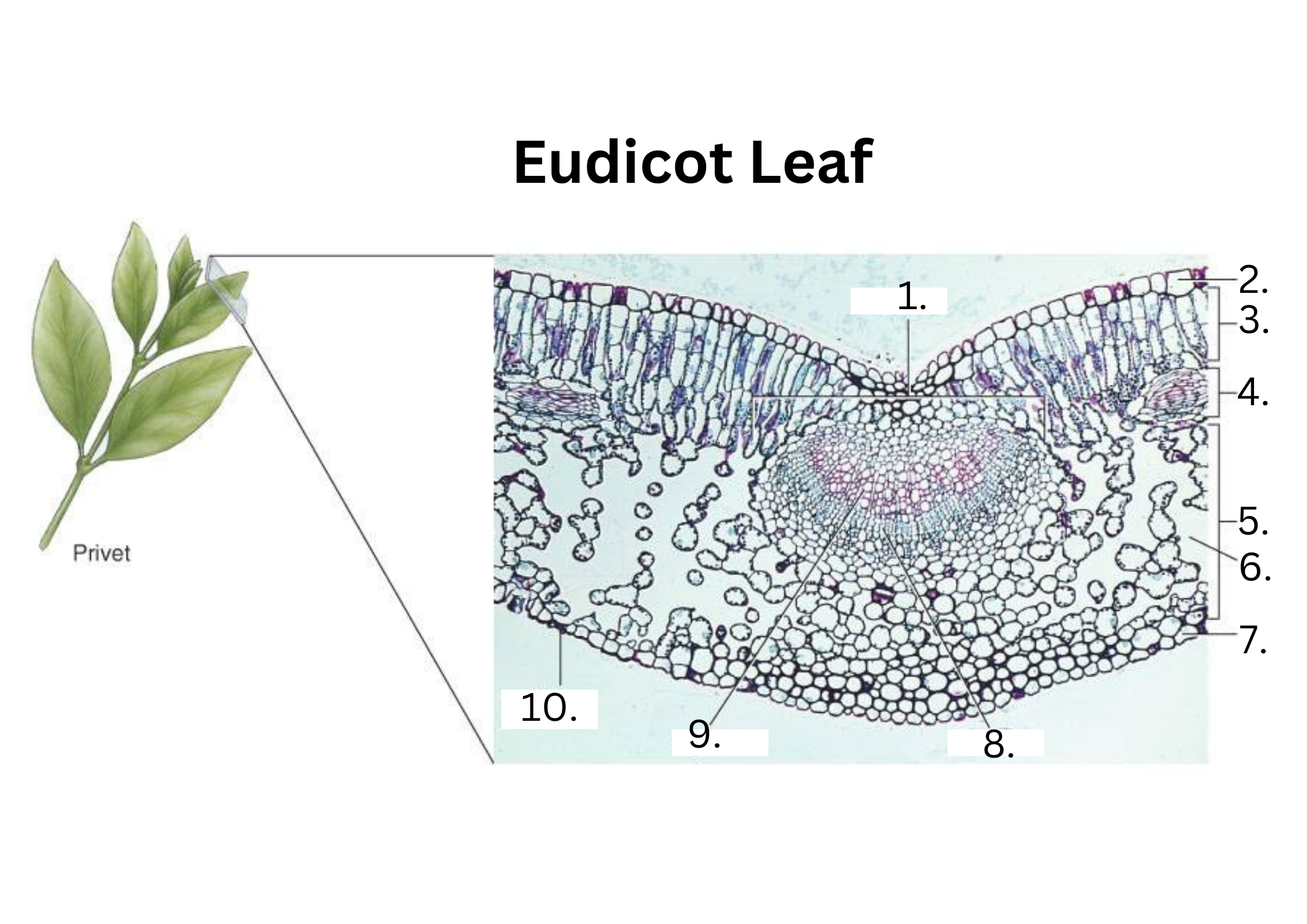
1. Midvein
2. Upper epidermis
3. Palisade mesophyll
4. Lengthwise view of vein
5. Spongy mesophyll
6. Air space
7. Lower epidermis
8. Phloem
9. Xylem
10. Stoma
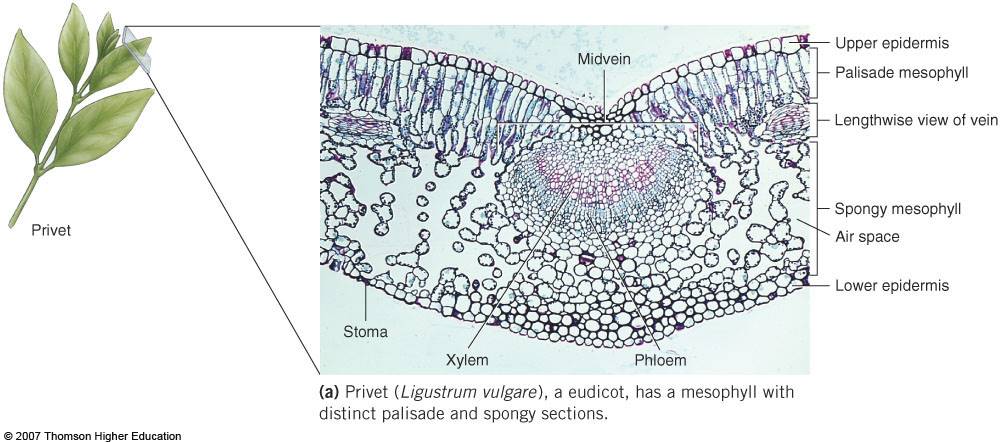
61
New cards
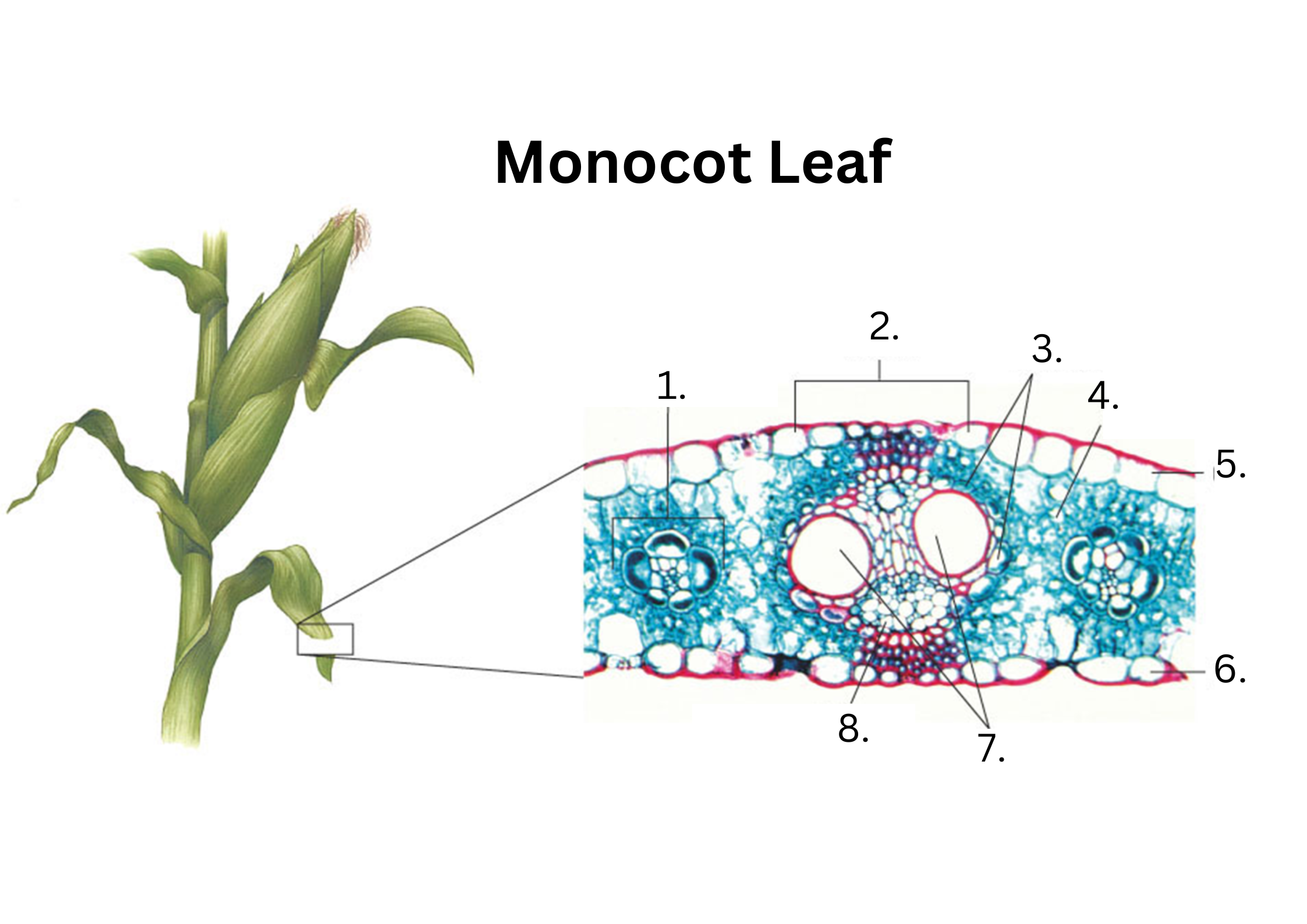
1. Parallel vein
2. Midvein
3. Bundle sheath cells
4. Mesophyll
5. Upper epidermis
6. Lower epidermis
7. Xylem
8. Phloem
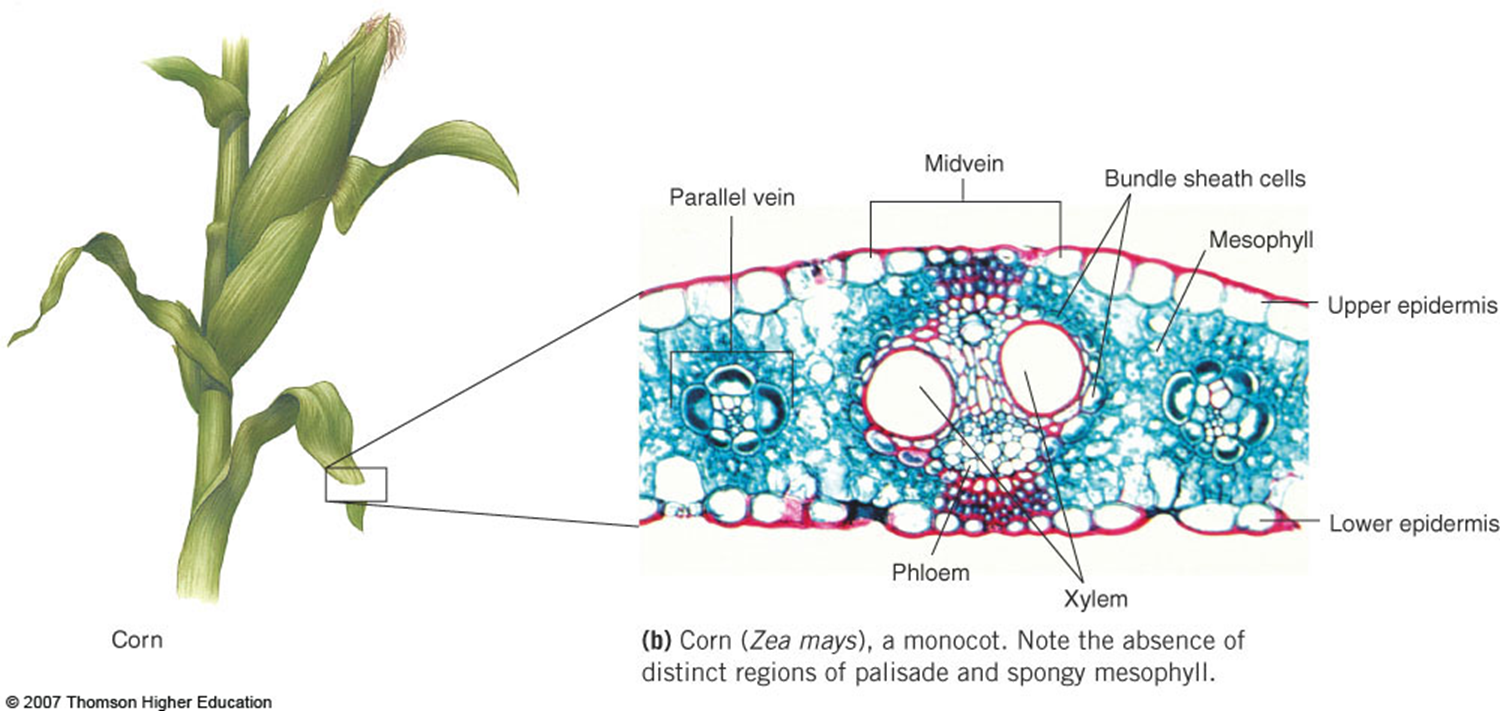
62
New cards
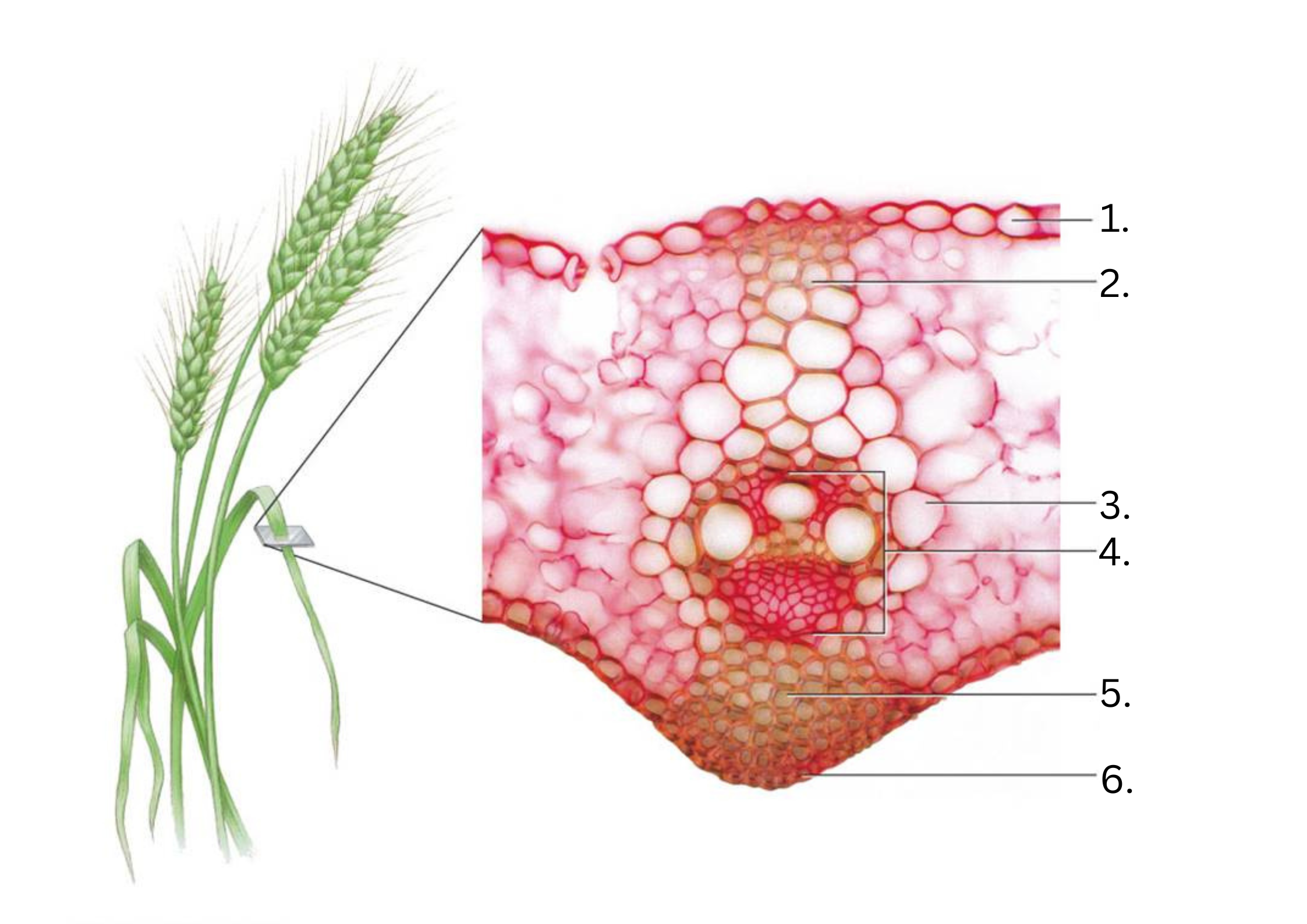
1. Upper epidermis
2. Bundle sheath extension
3. Bundle sheath
4. Midvein
5. Bundle sheath extension
6. Lower epidermis
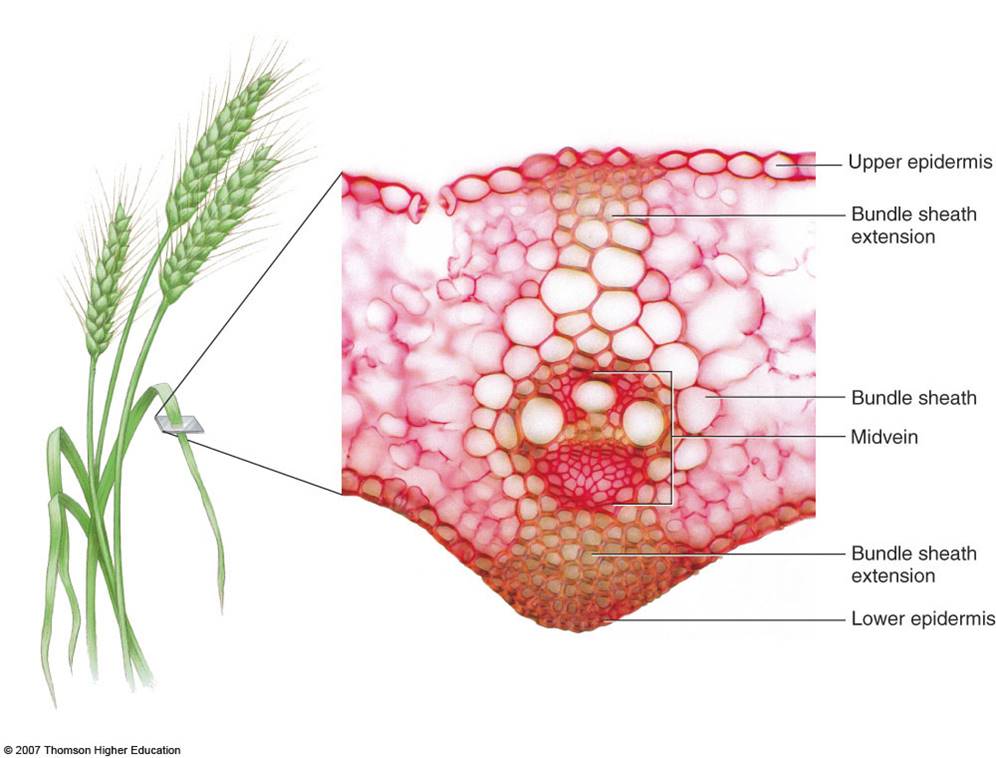
63
New cards
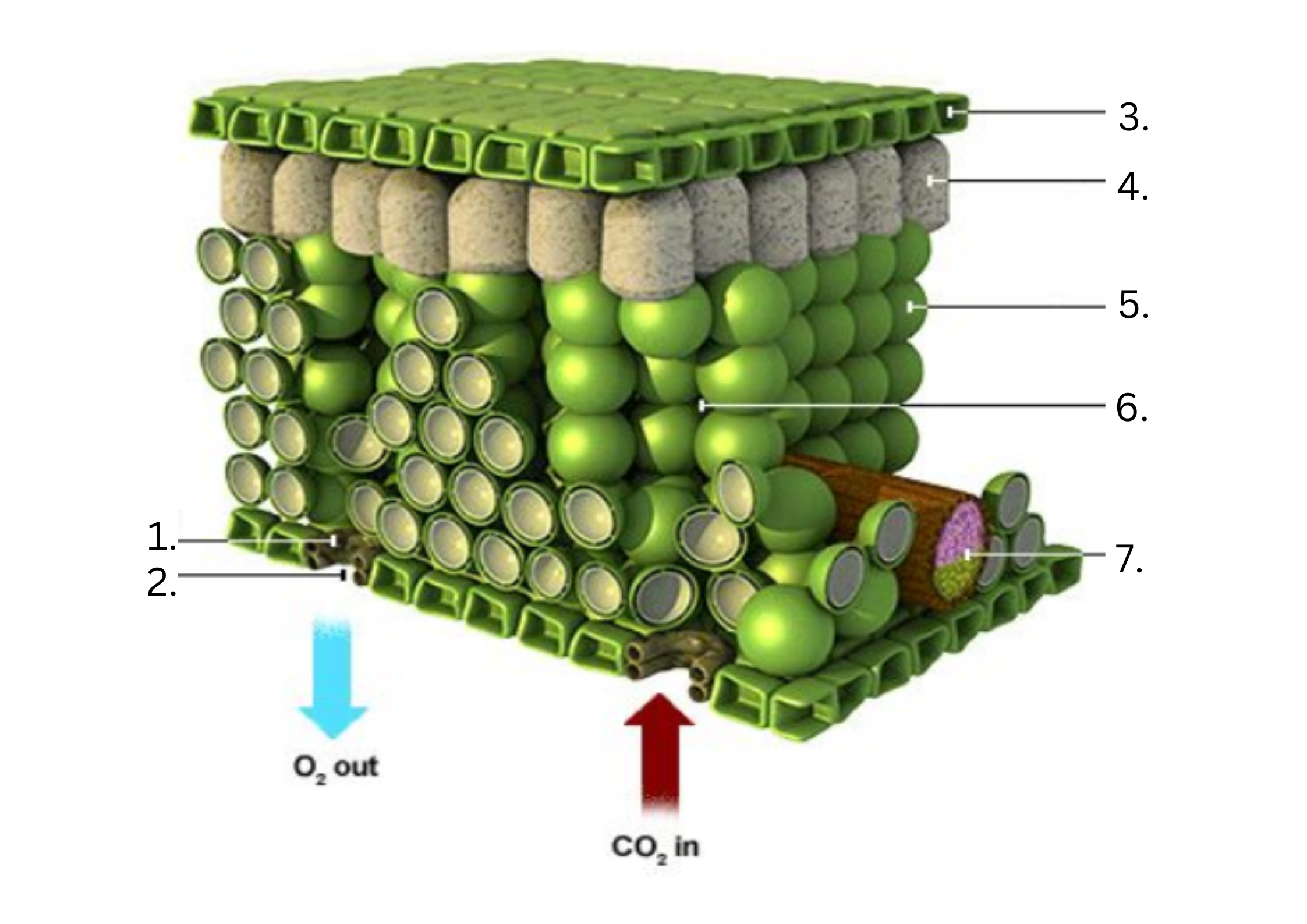
Leaf anatomy
1. guard cells
2. stoma
3. epidermis
4. palisade mesophyll
5. spongy mesophyll
6. moist air space
7. vein
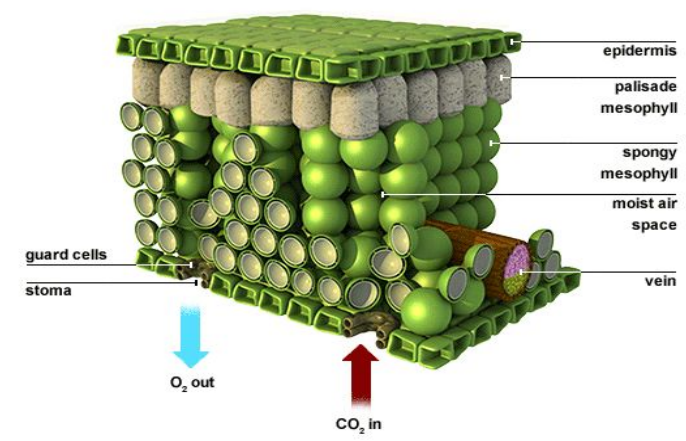
64
New cards
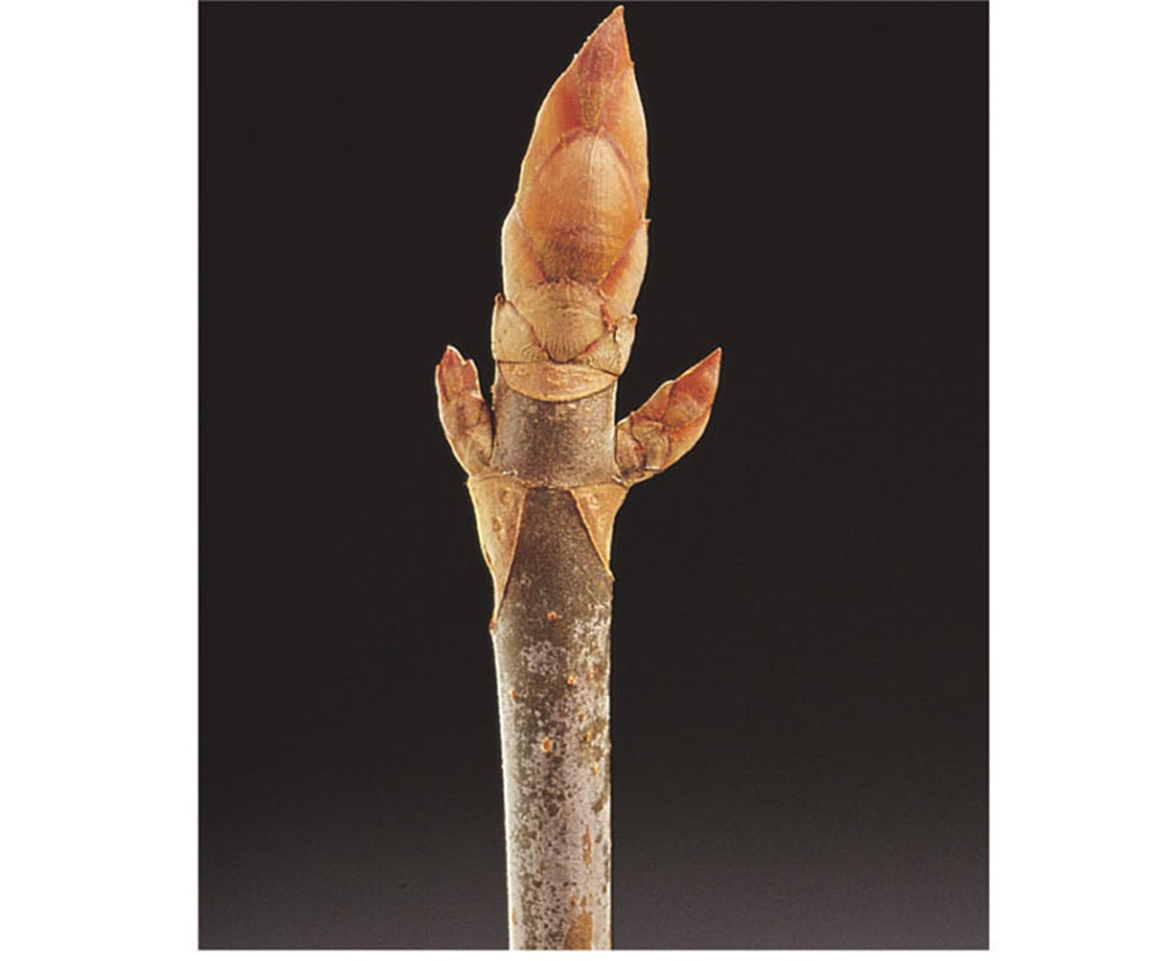
1. Name of Plant
2. Scientific Name
3. Leaf Modification
1. Maple
2. Acer
3. Bud Scale (protect buds)
65
New cards
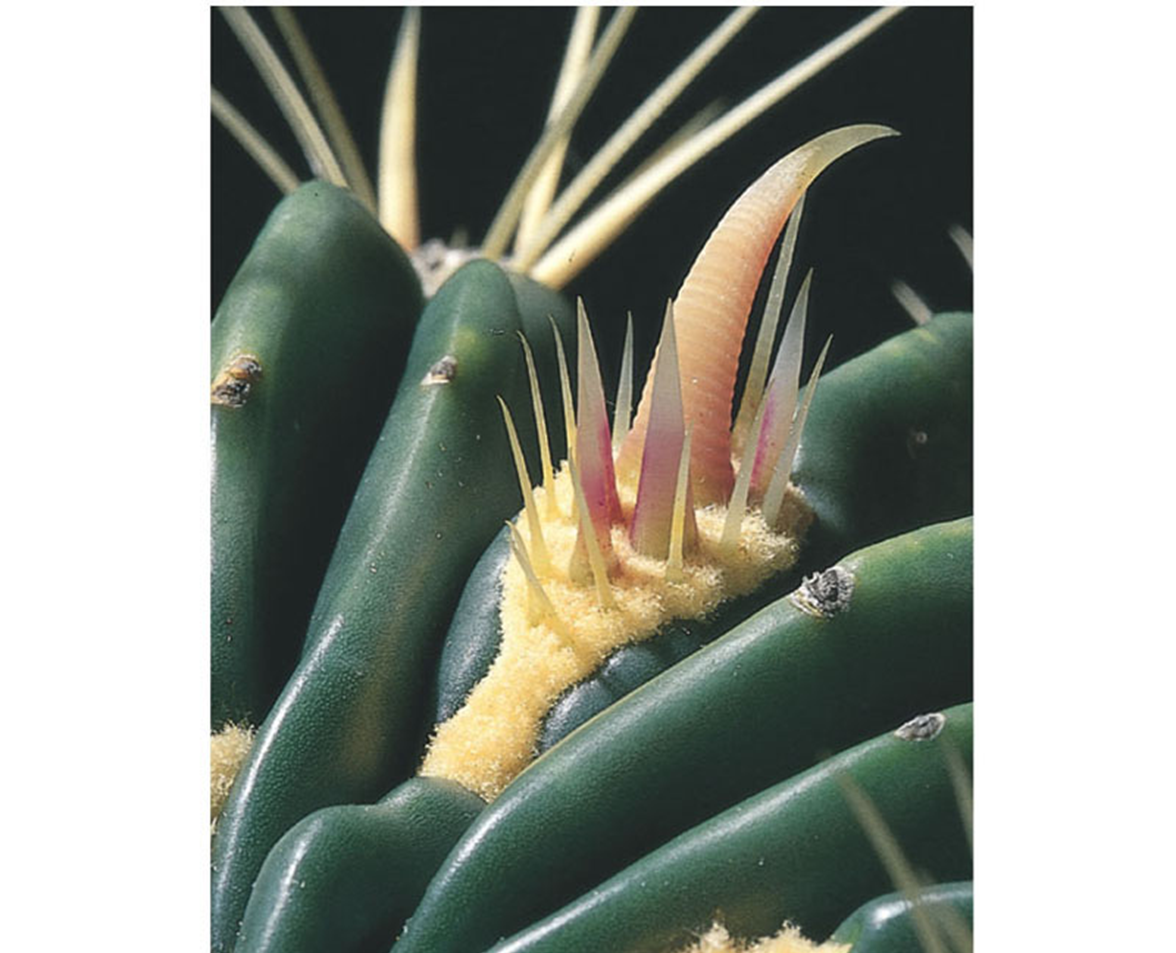
1. Name of Plant
2. Scientific Name
3. Leaf Modification
1. barrel cactus
2. Ferrocactus
3. Spine (modified for protection)
66
New cards

1. Name of Plant
2. Scientific Name
3. Leaf Modification
1. poinsettia
2. Euphorbia pulcherrima
3. Bract
67
New cards

1. Name of Plant
2. Scientific Name
3. Leaf Modification
1. sweet pea
2. Lathyrus odoratus
3. Tendril (modified leaves that aid in climbing)
68
New cards
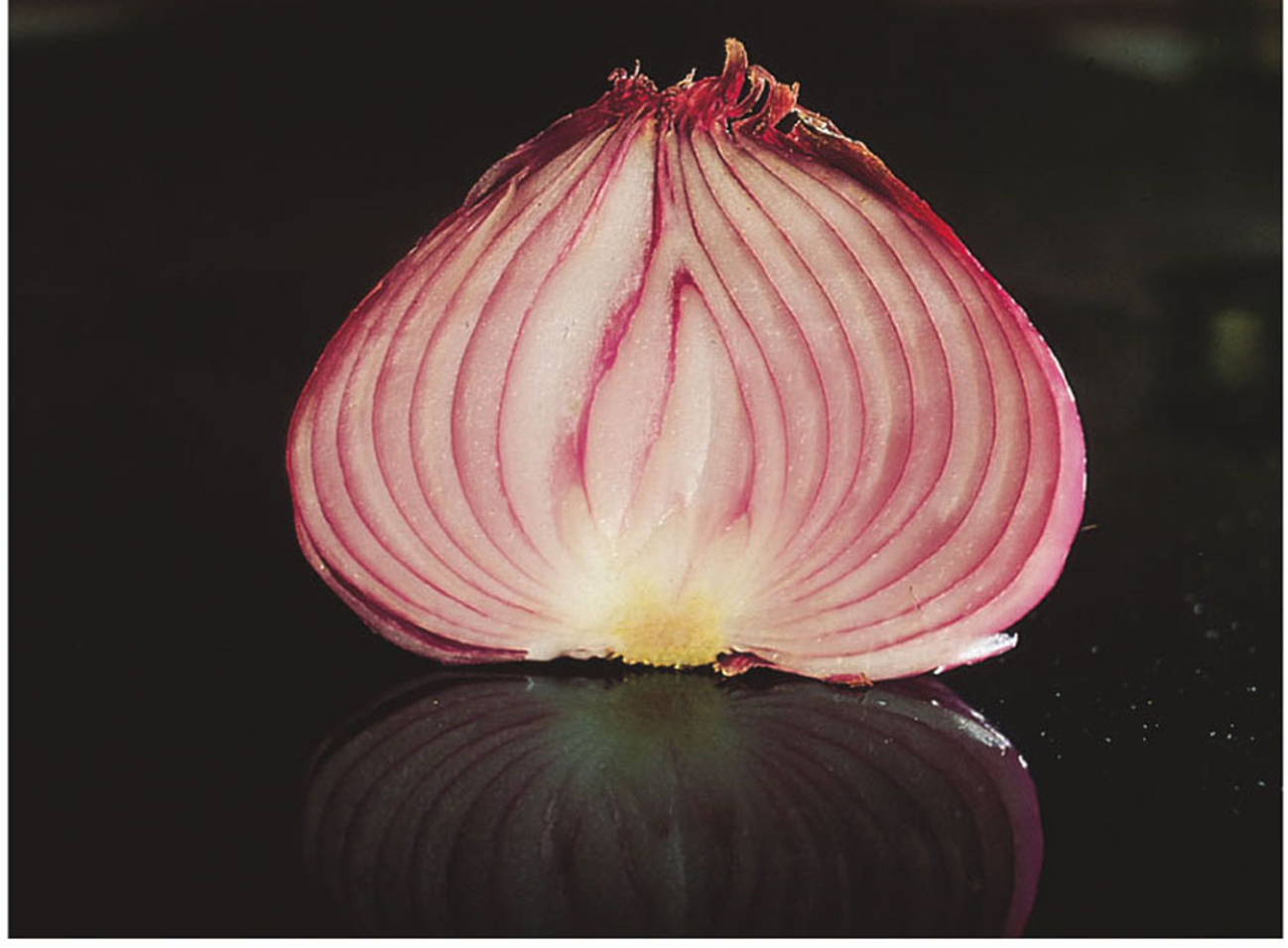
1. Name of Plant
2. Scientific Name
3. Leaf Modification
1. onion
2. Allium cepa
3. Bulb (leaves are fleshy for storage of food materials and water.
69
New cards
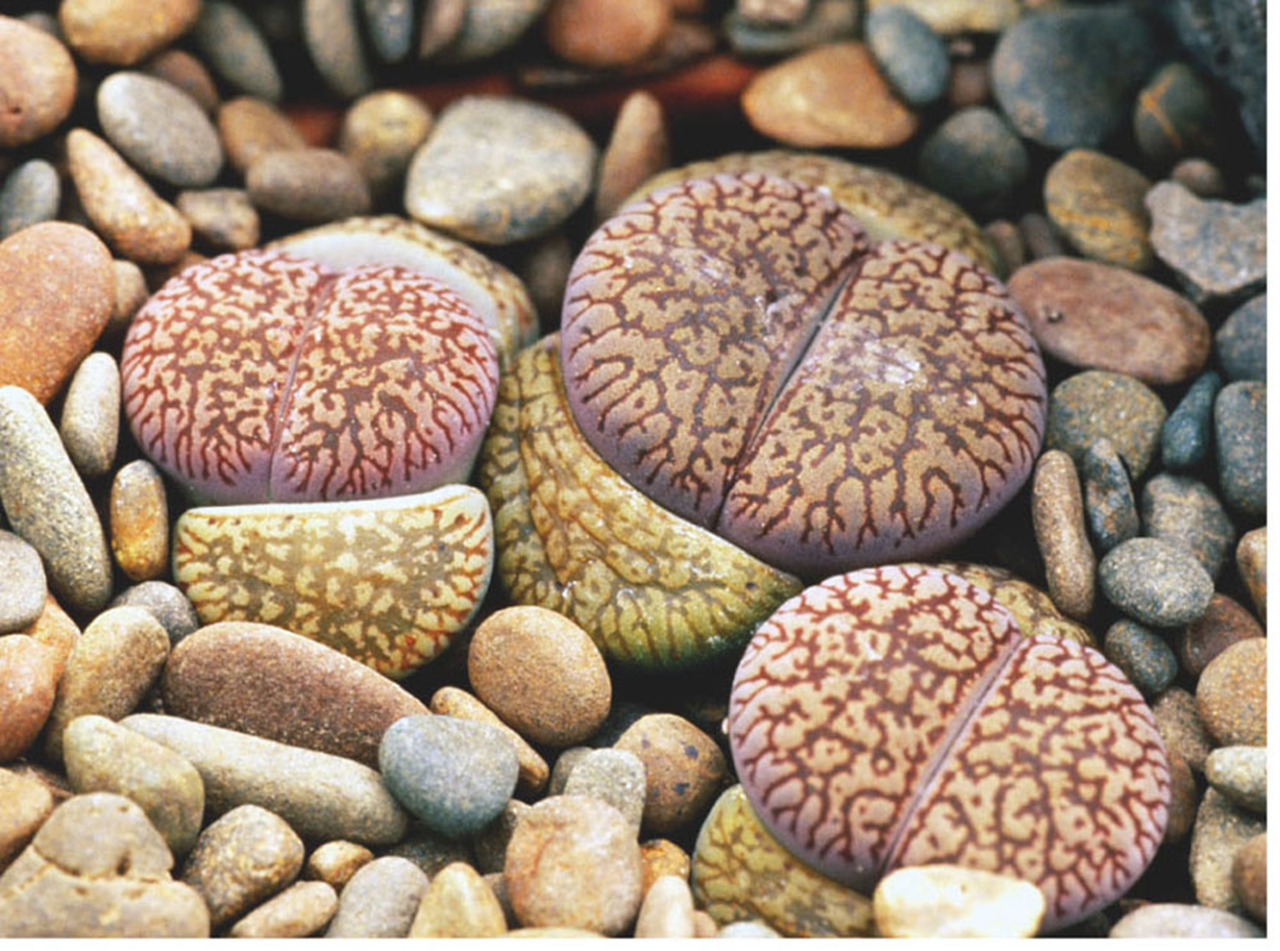
1. Name of Plant
2. Scientific Name
3. Leaf Modification
1. Stone plants
2. Lithops karasmontana
3. they have thick, succulent leaves modified for water storage as well as photosynthesis)
70
New cards
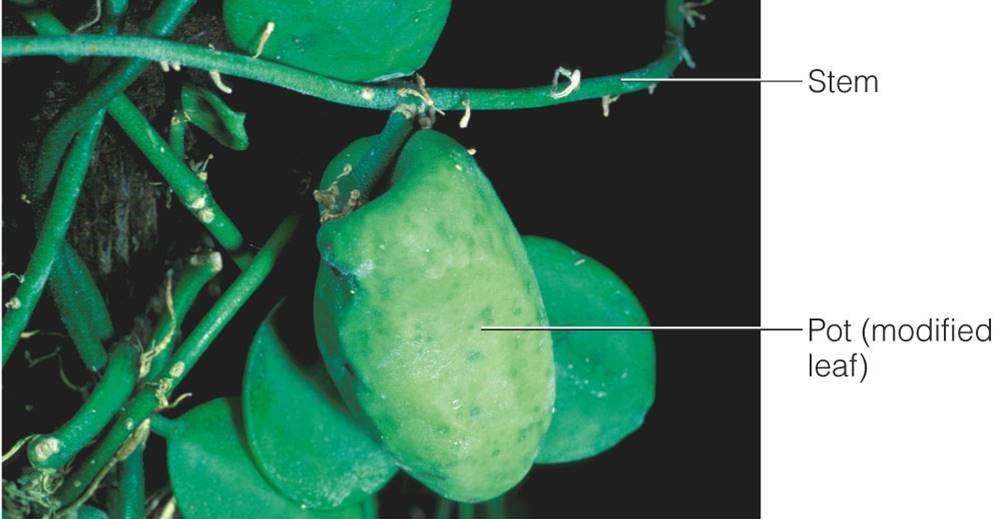
1. Name of Plant
2. Scientific Name
3. Leaf Modification
1. flowerpot plant
2. Dischidia rafflesiana
3. Epiphytes (leaves are modified to hold water and organic material)
71
New cards
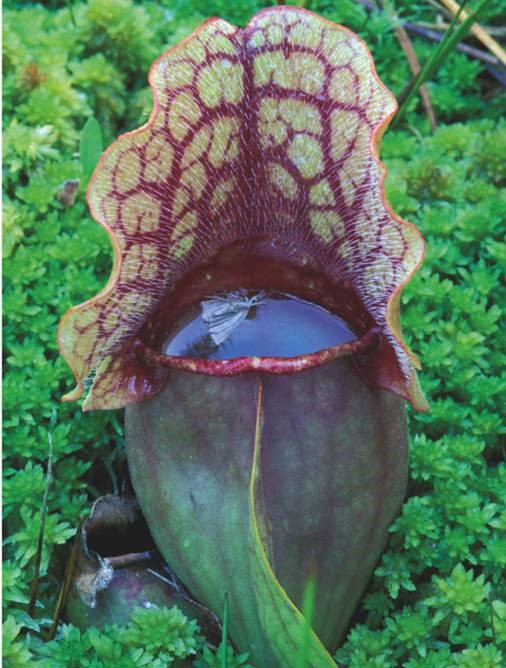
1. Name of Plant
2. Scientific Name
3. Leaf Modification
1. pitcher plant
2. Sarracenia purpurea
3. Carnivorous Plants (leaves modified to form a pitcher)
72
New cards
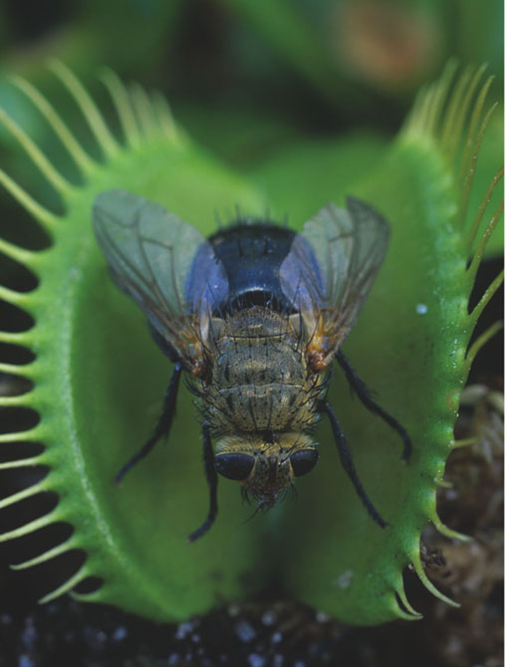
1. Name of Plant
2. Scientific Name
3. Leaf Modification
1. Venus flytrap
2. Dionaea muscipula
3. Carnivorous Plants (Hairs on the leaf surface detect the touch of an insect, and the leaf responds by folding)
73
New cards
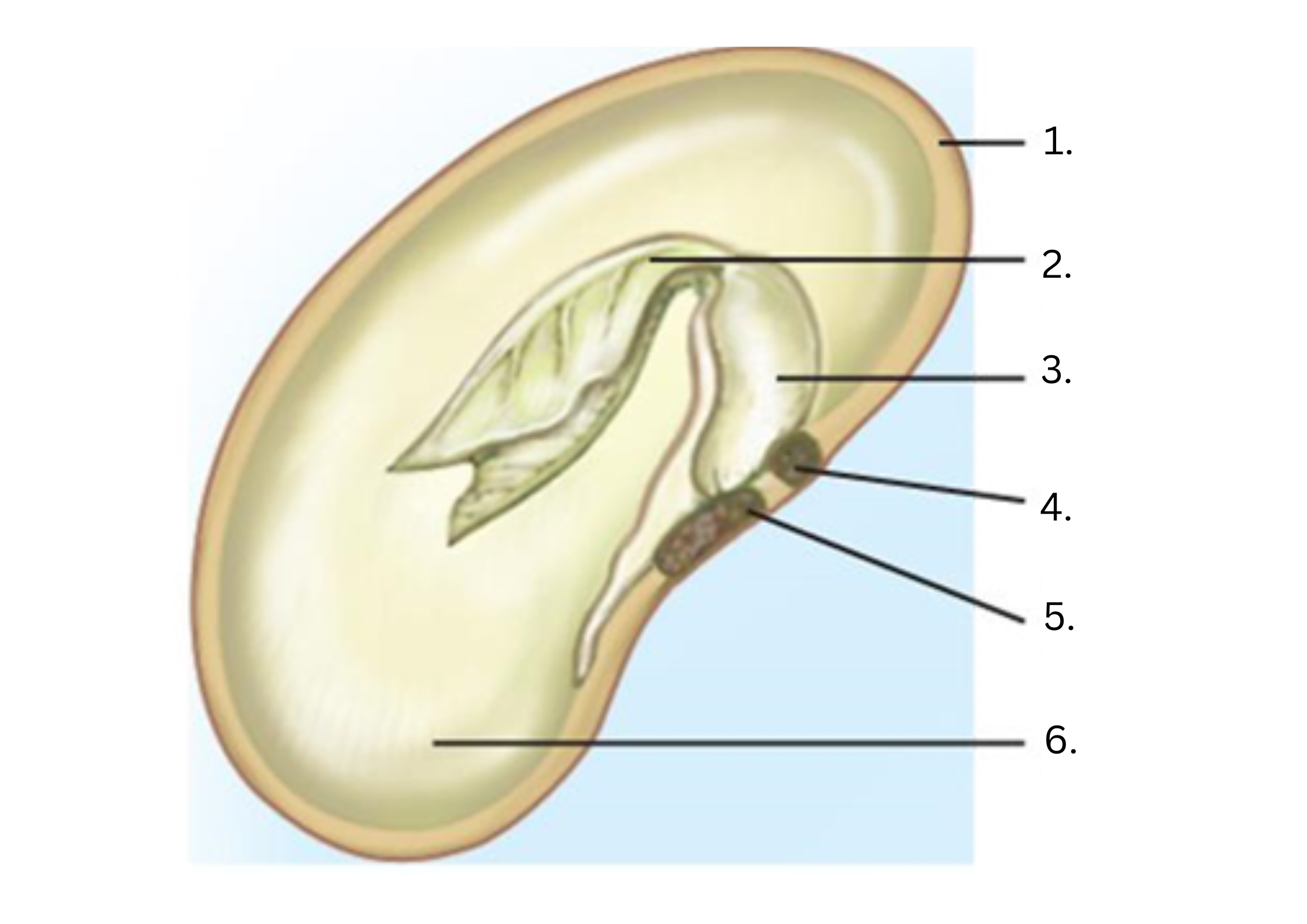
1. seed coat
2. plumule
3. hypocotyl-radicle axis
4. micropyle
5. hilum
6. cotyledon
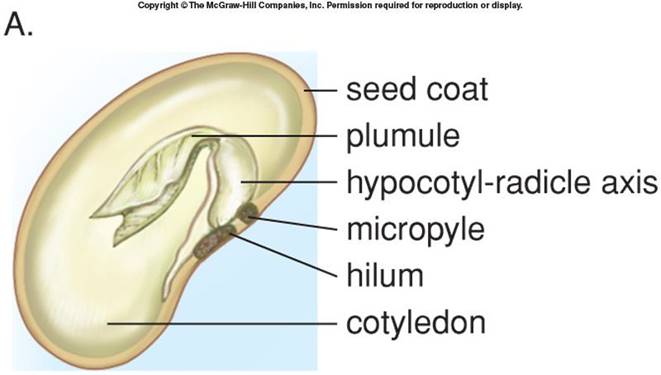
74
New cards
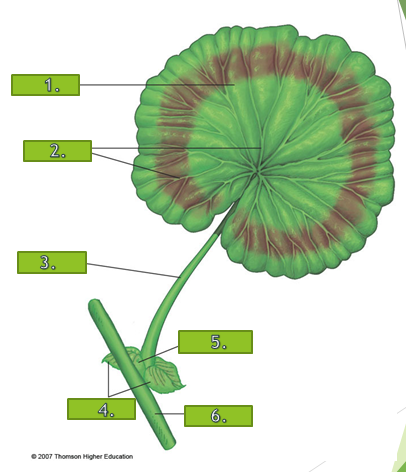
TYPICAL LEAF
1. Blade
2. Veins
3. Petiole
4. Stipules
5. Axillary bud
6. Stem

75
New cards
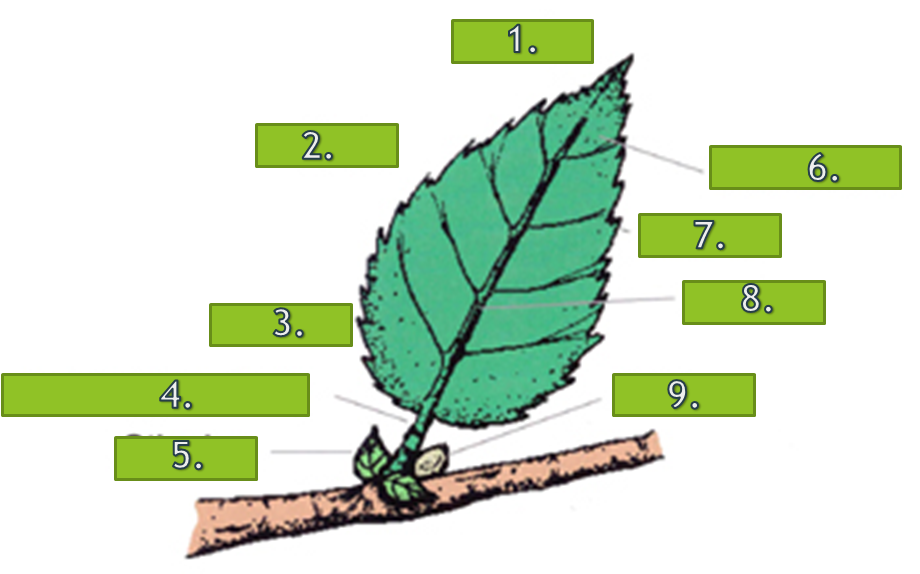
PARTS OF THE LEAF
1. Tip
2. Blade
3. Base
4. Petiole (leaf stalk)
5. Stipules
6. Lateral vein
7. Margin
8. Midrib
9. Bud
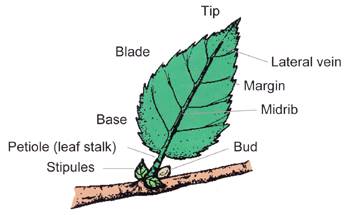
76
New cards
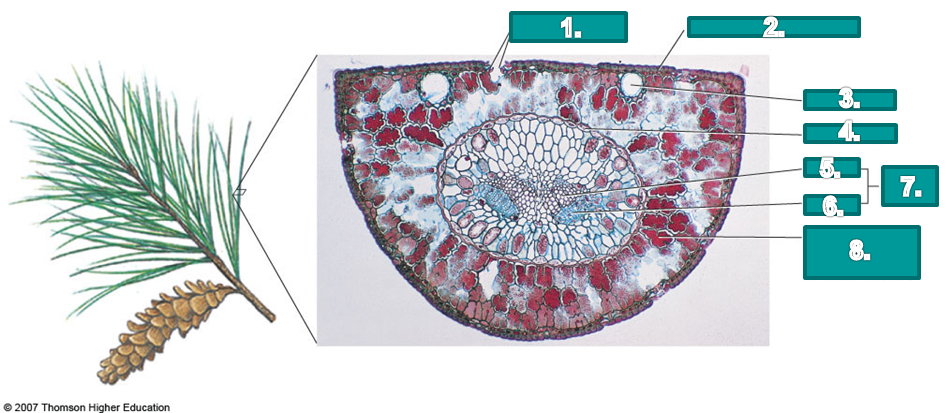
1. Guard cells of sunken stoma
2. Epidermis and cuticle
3. Resin duct
4. Endodermis
5. Xylem
6. Phloem
7. Vascular bundle
8. Mesophyll cell (photosynthetic parenchyma cell)
